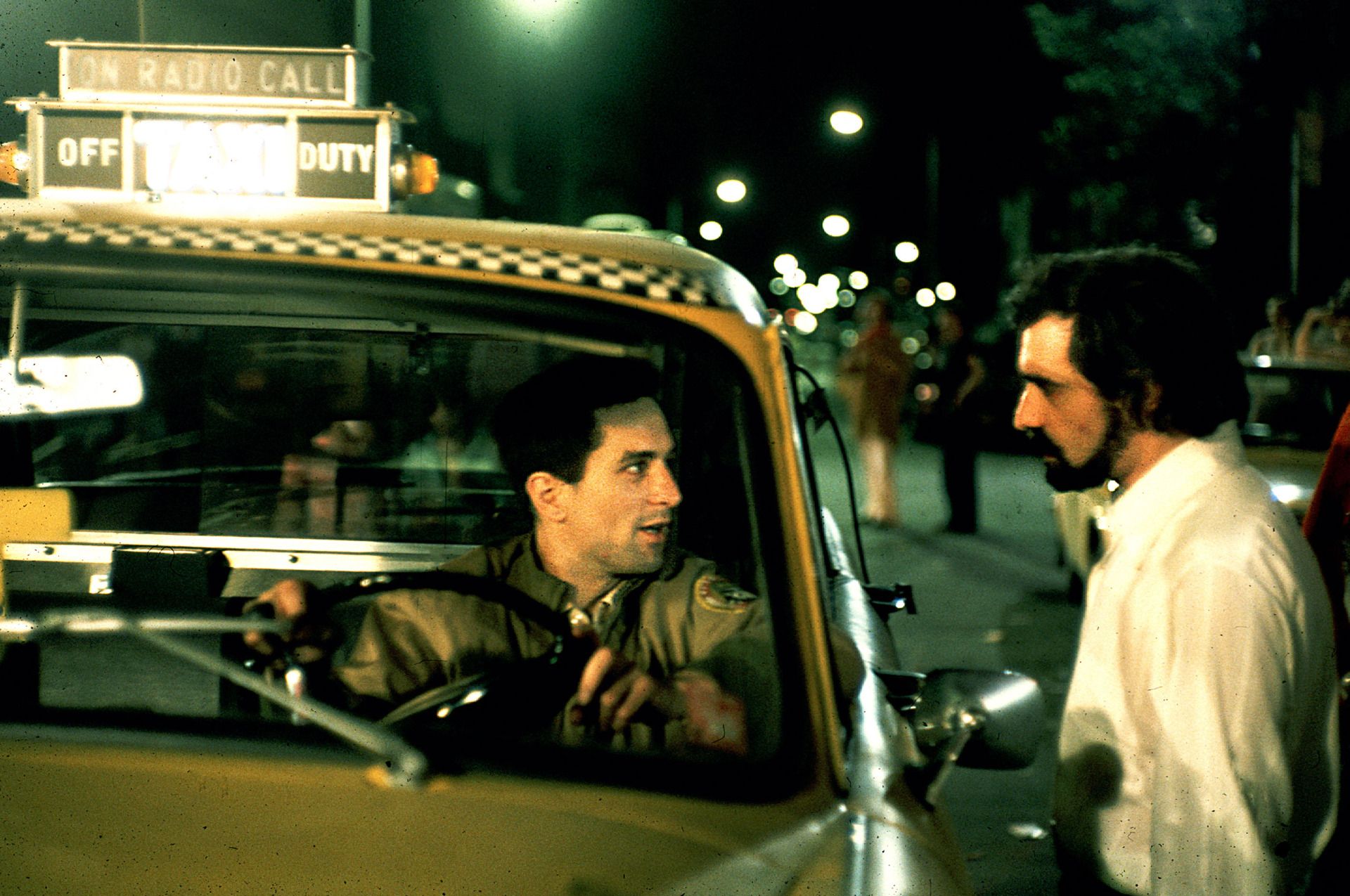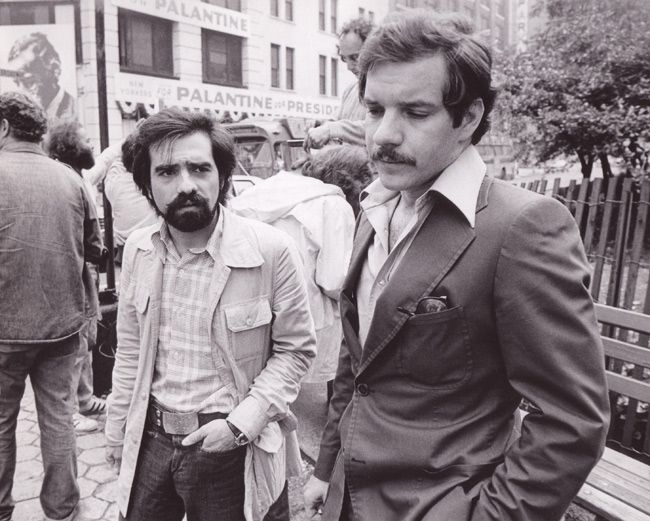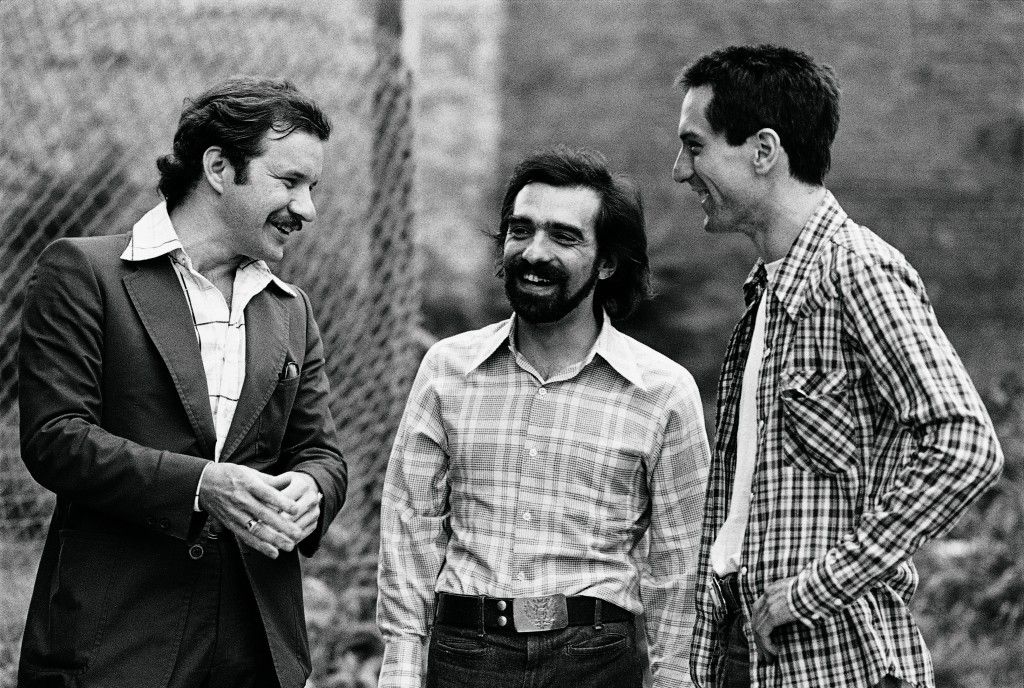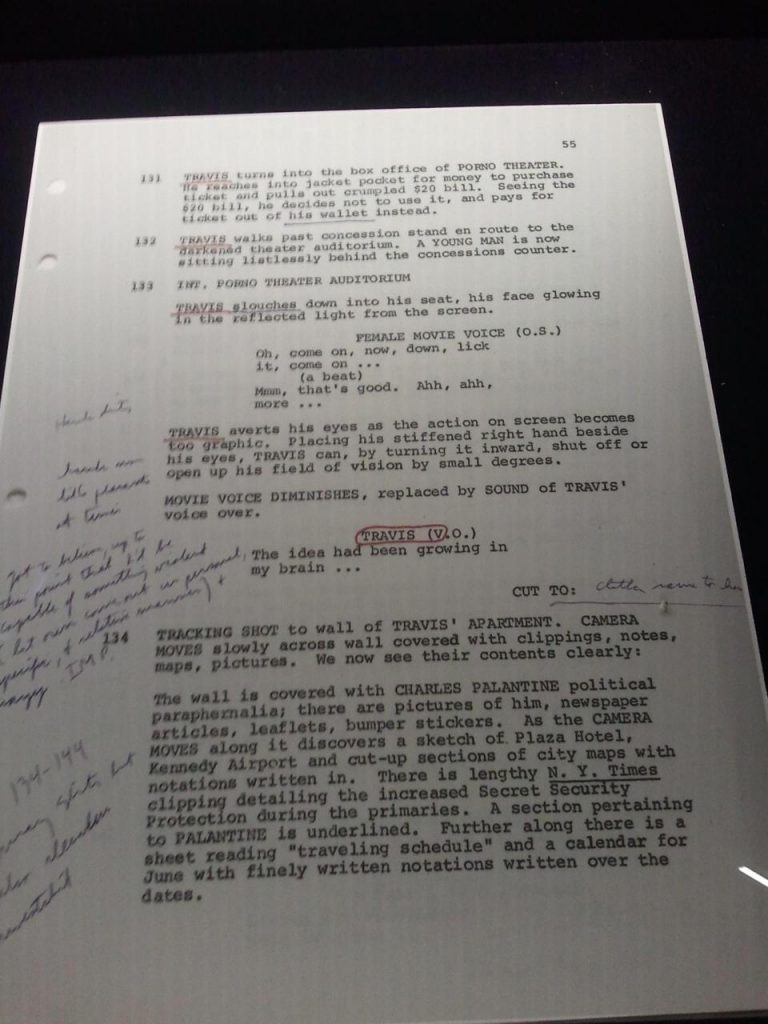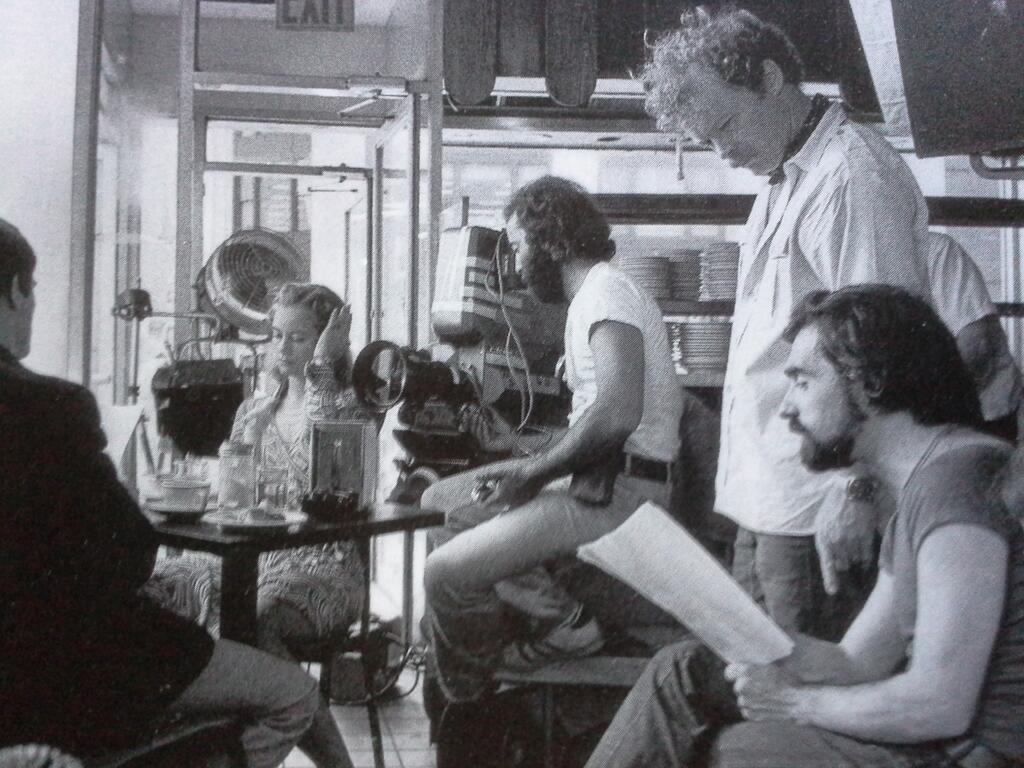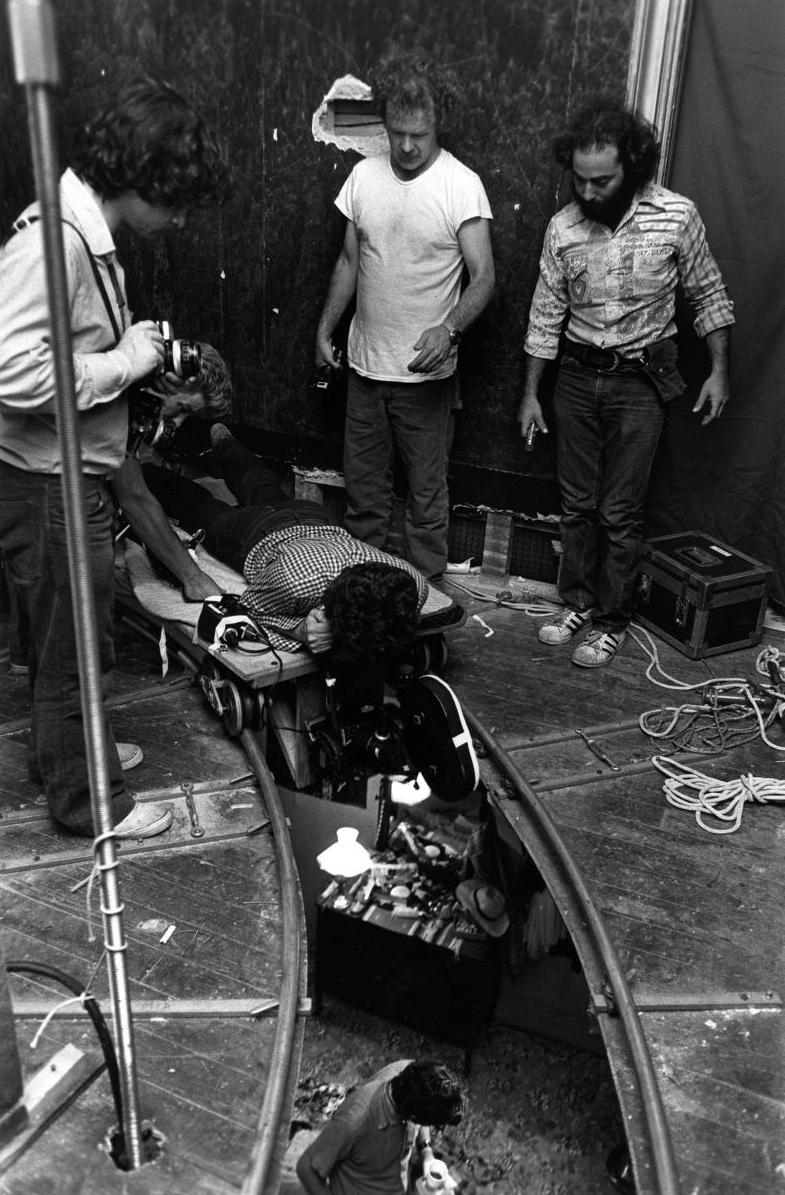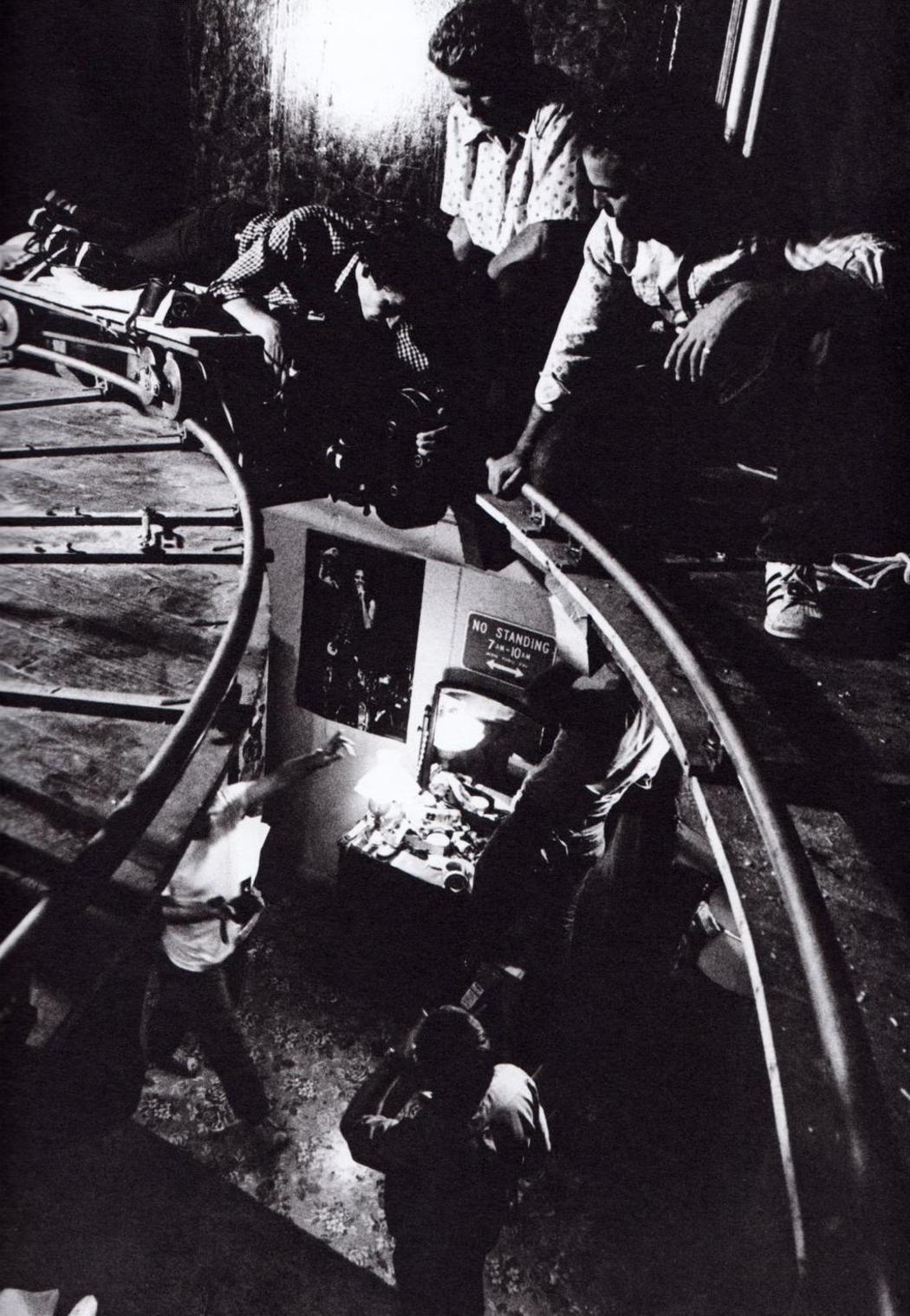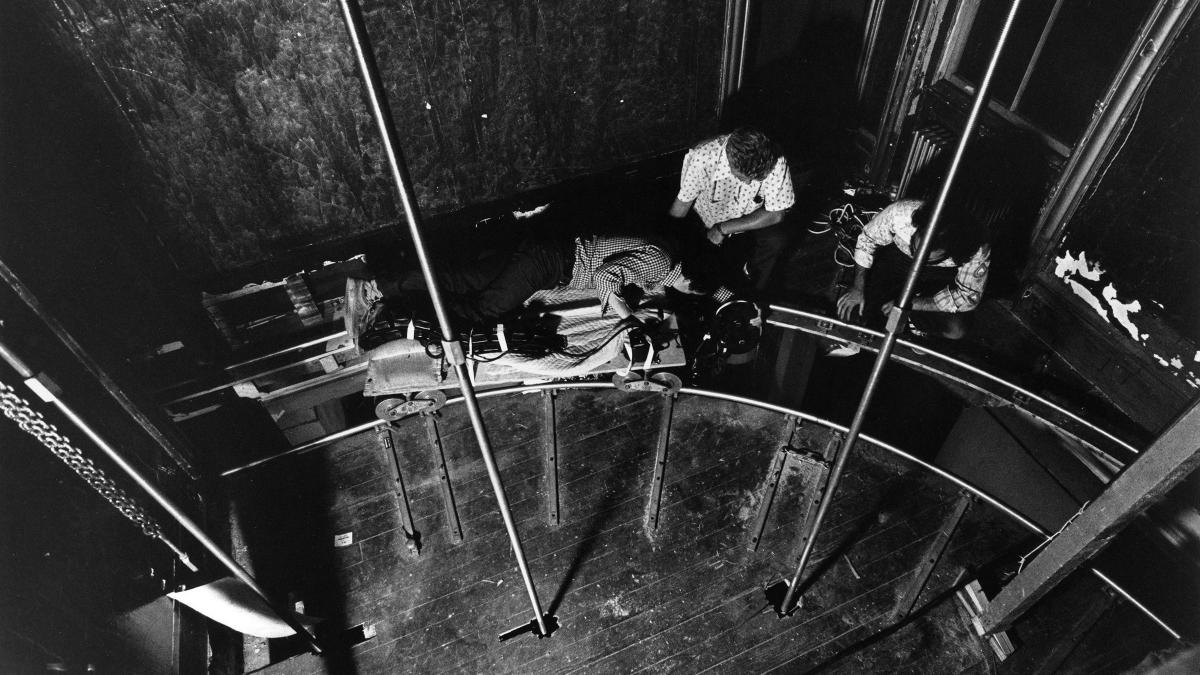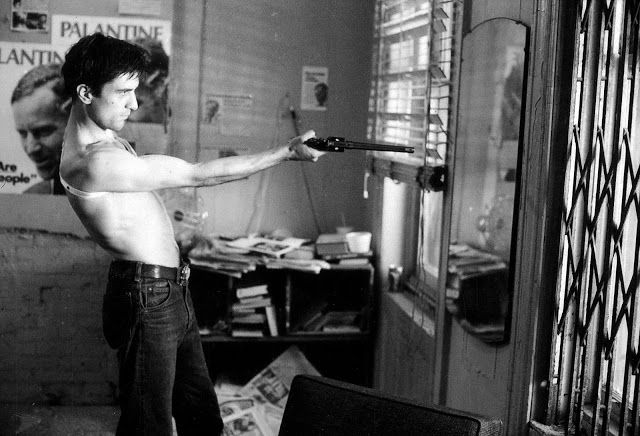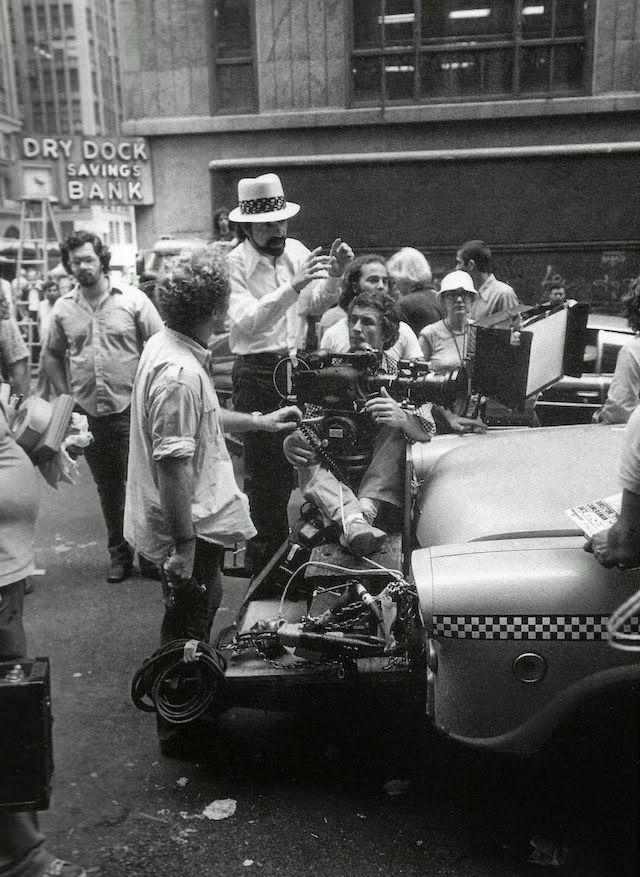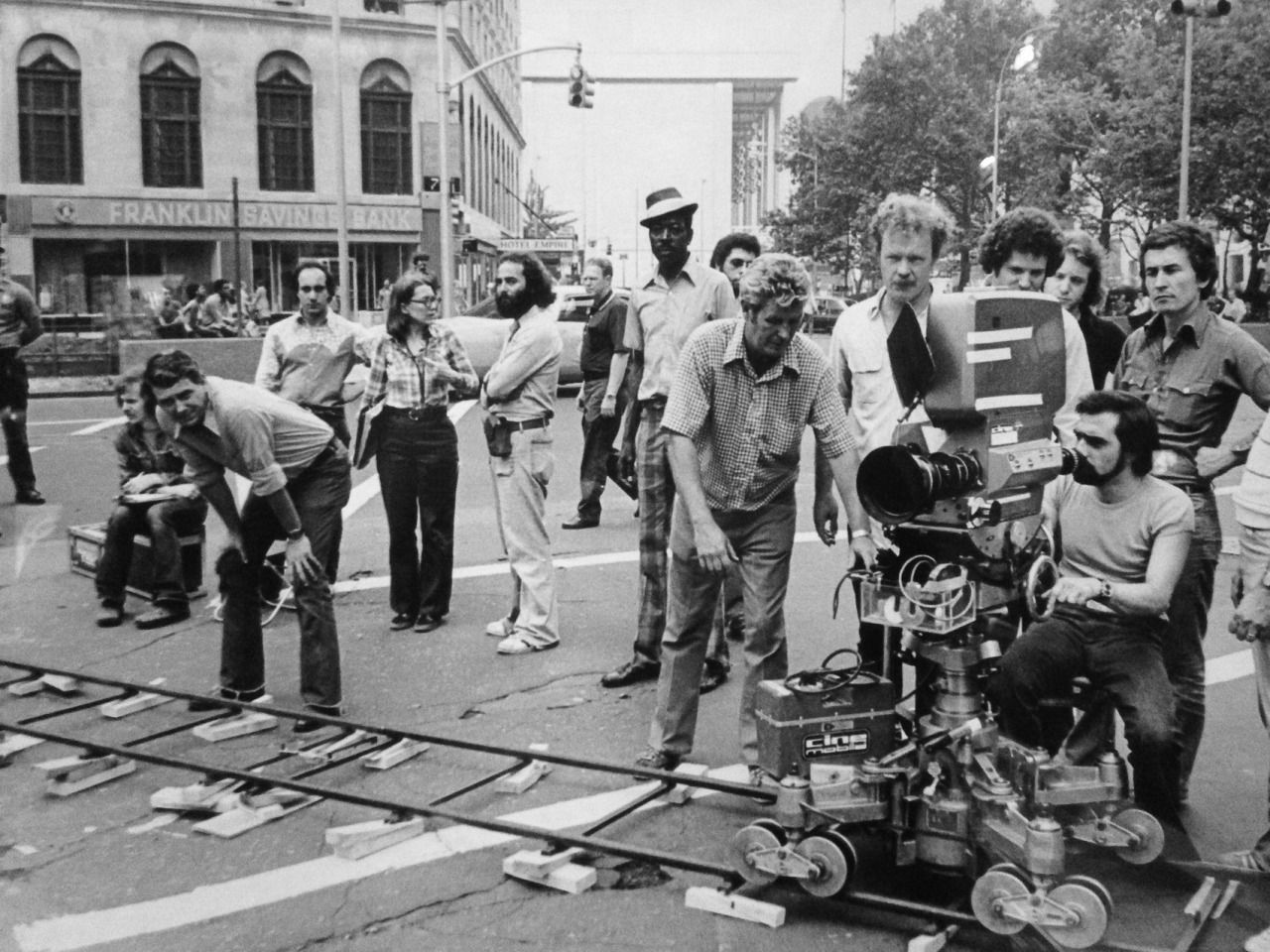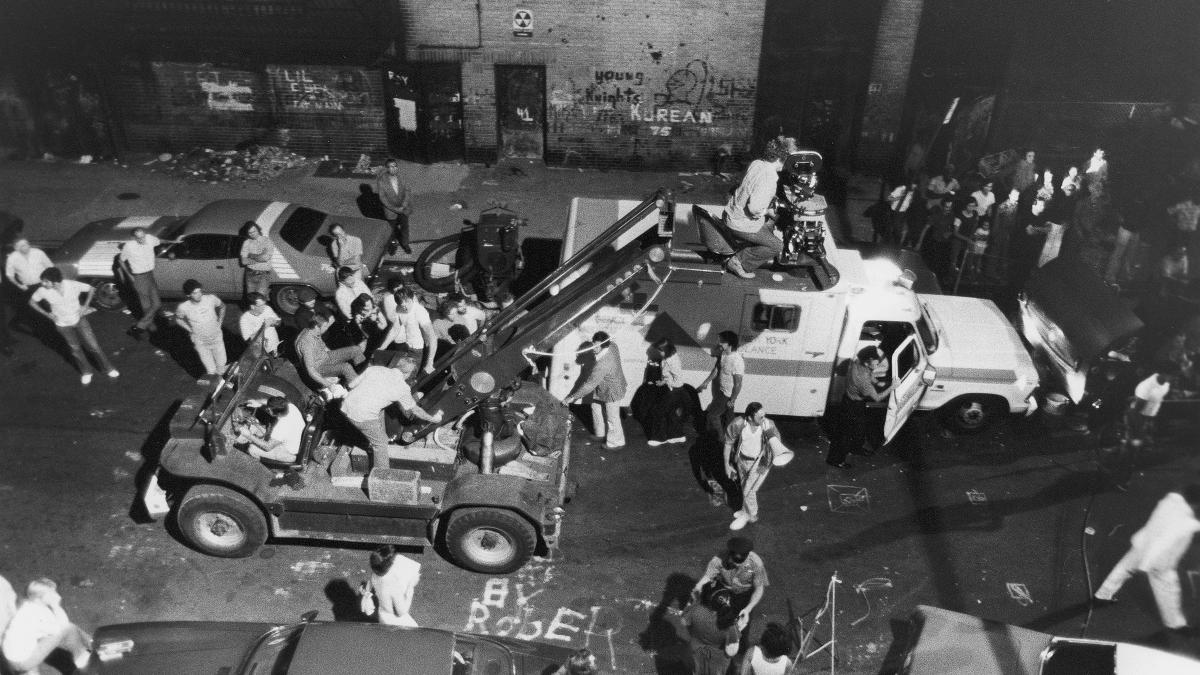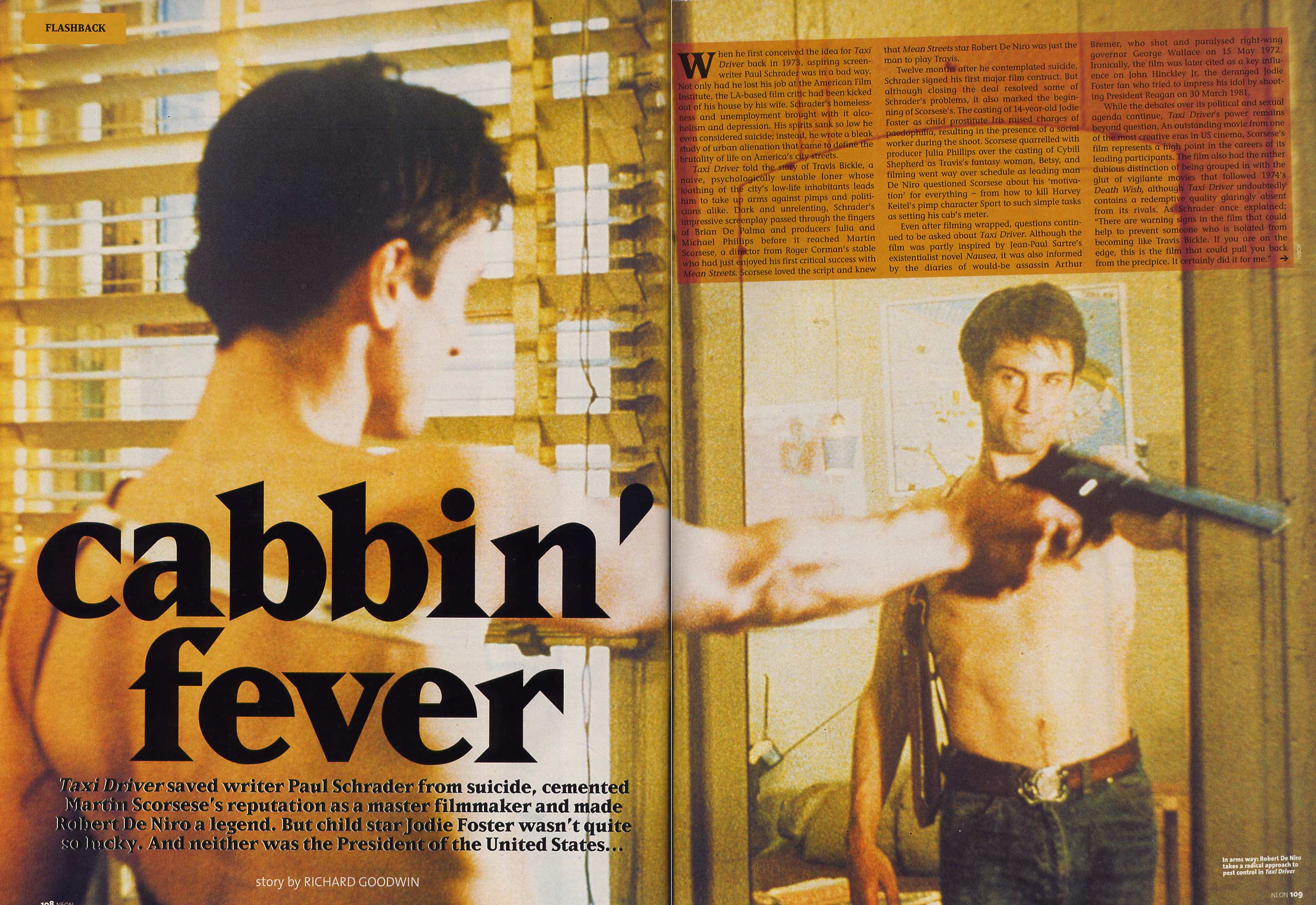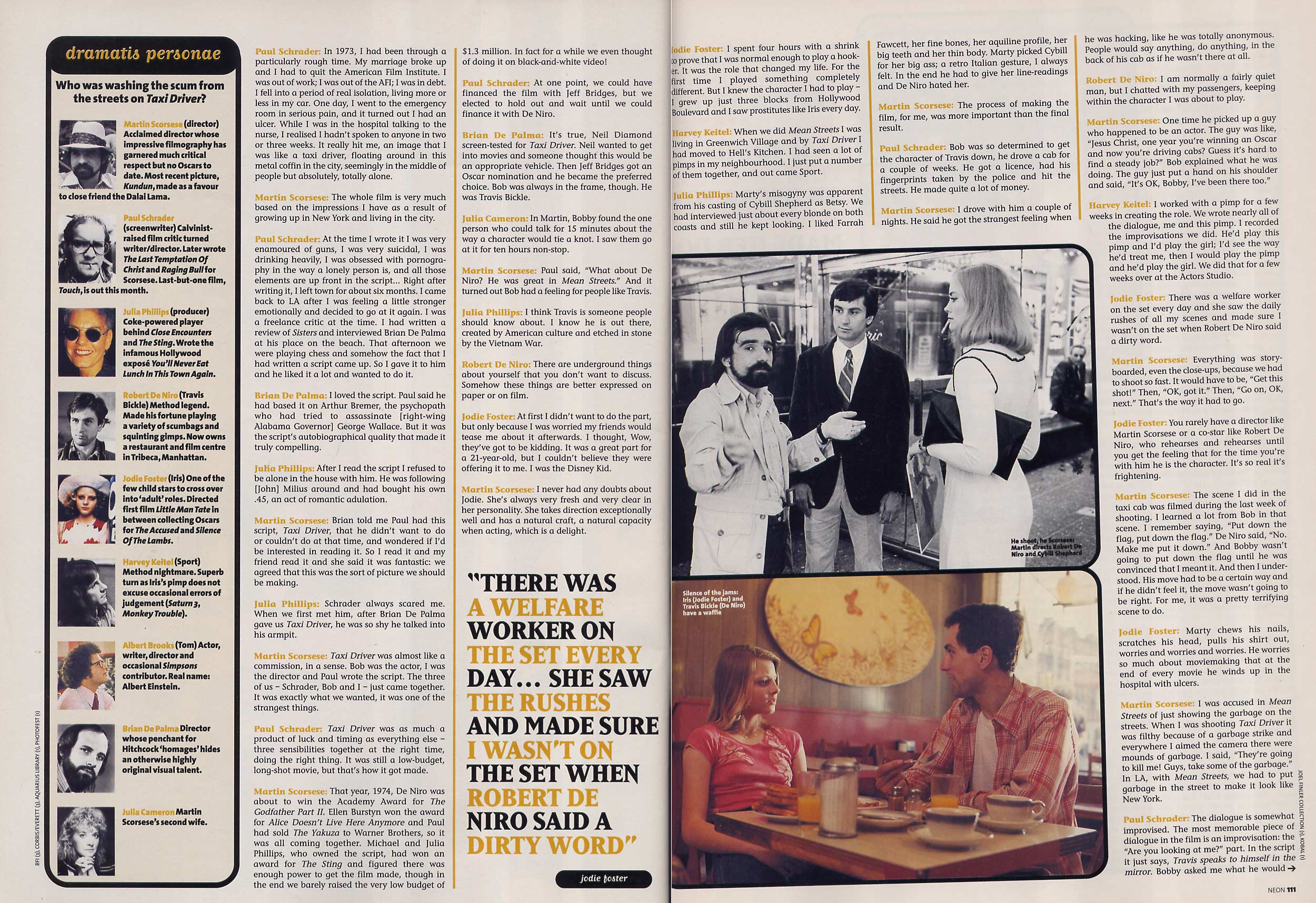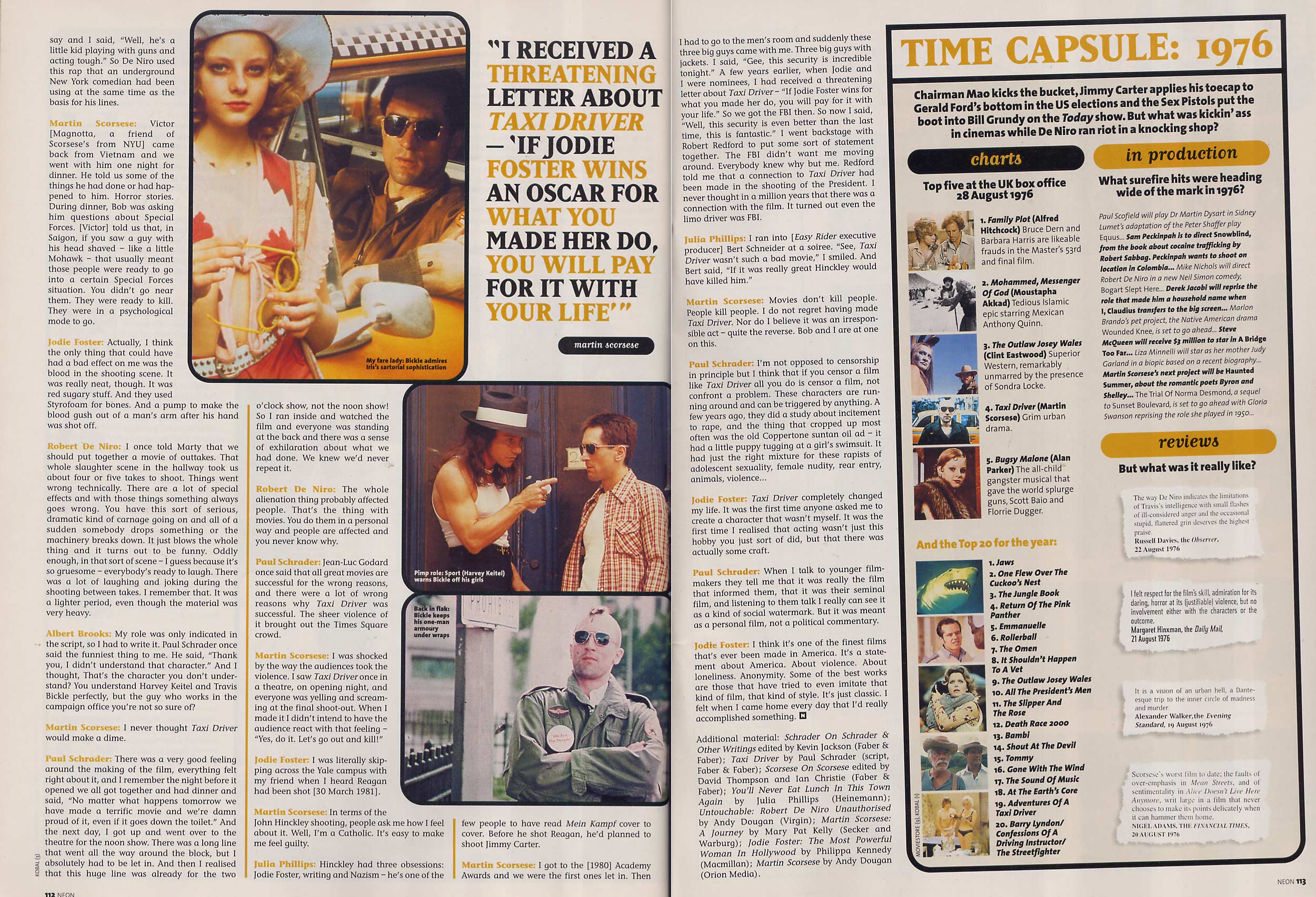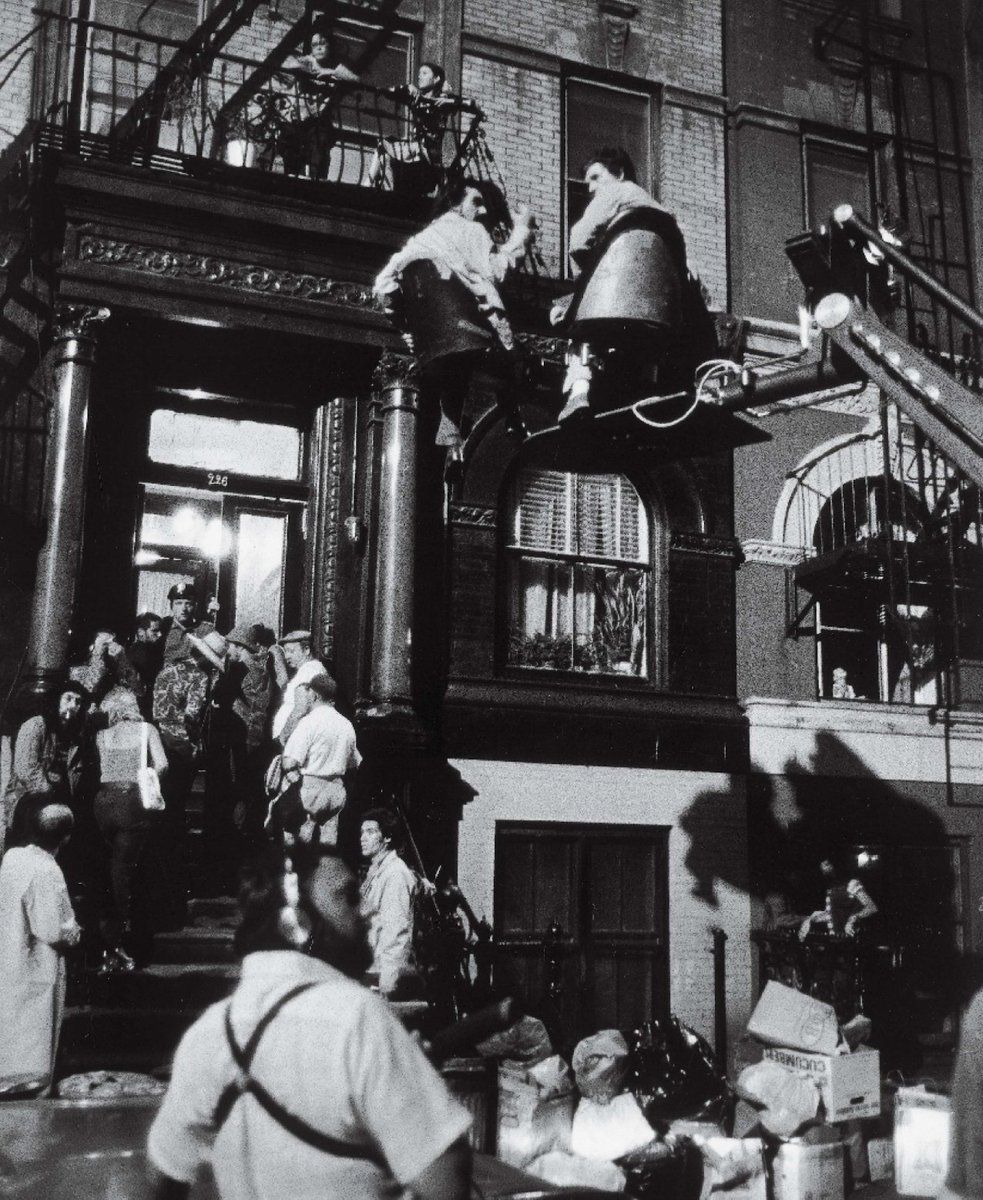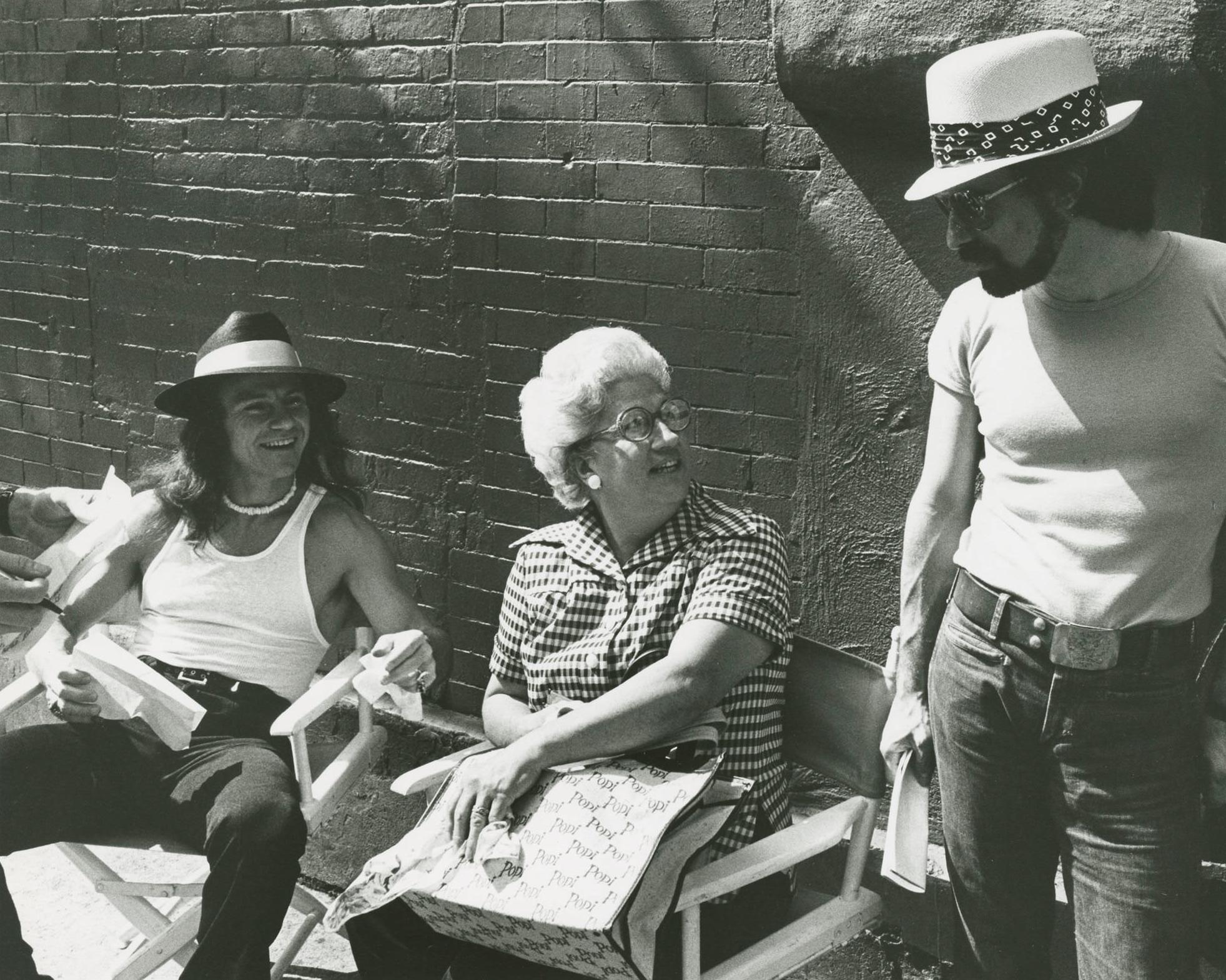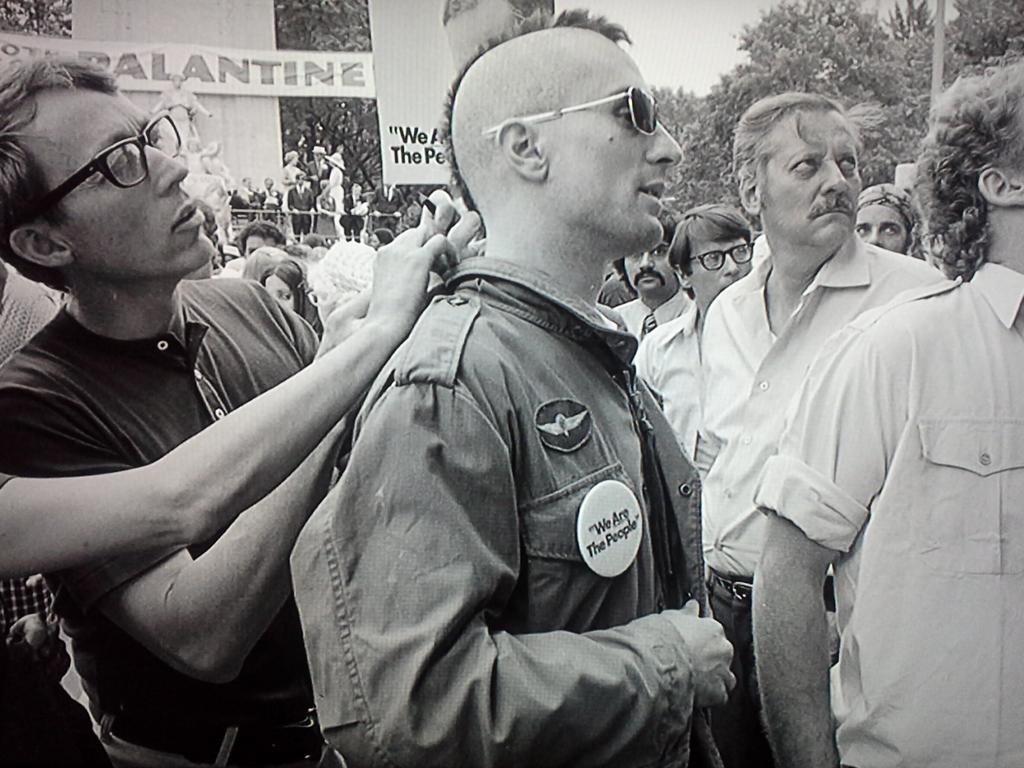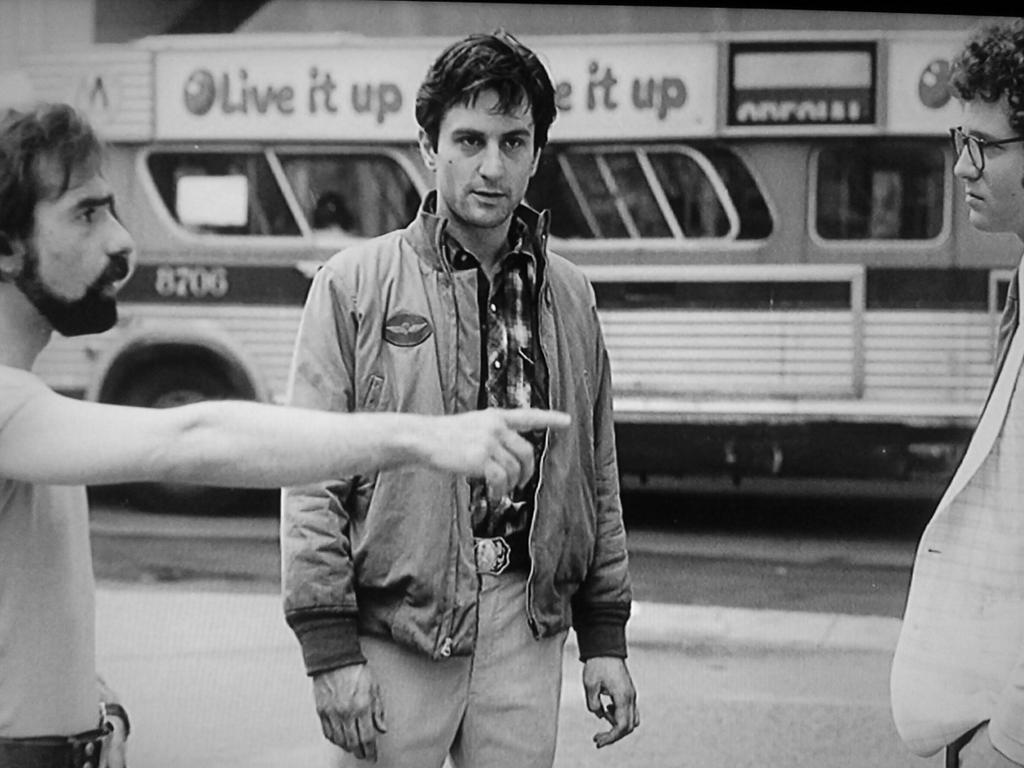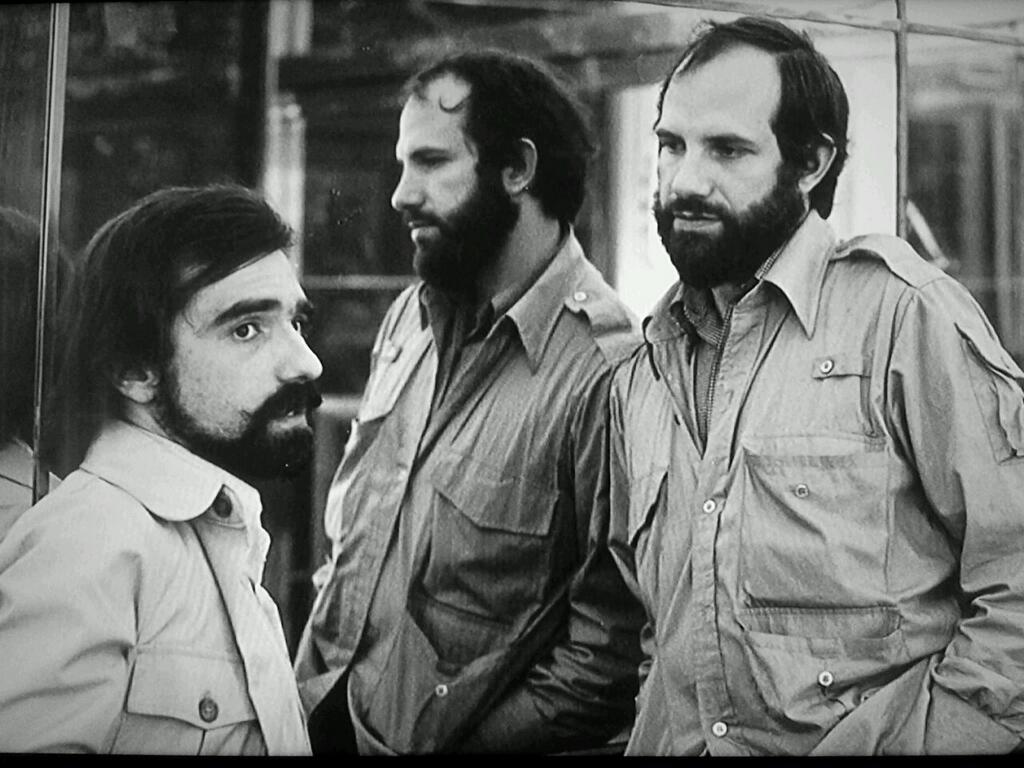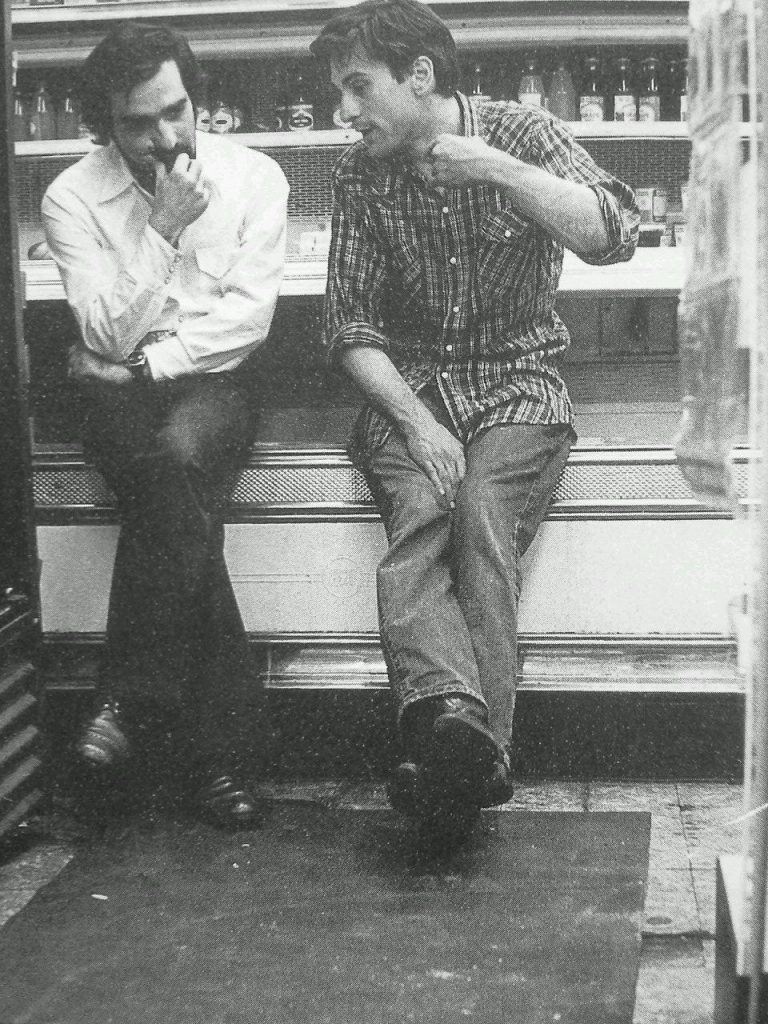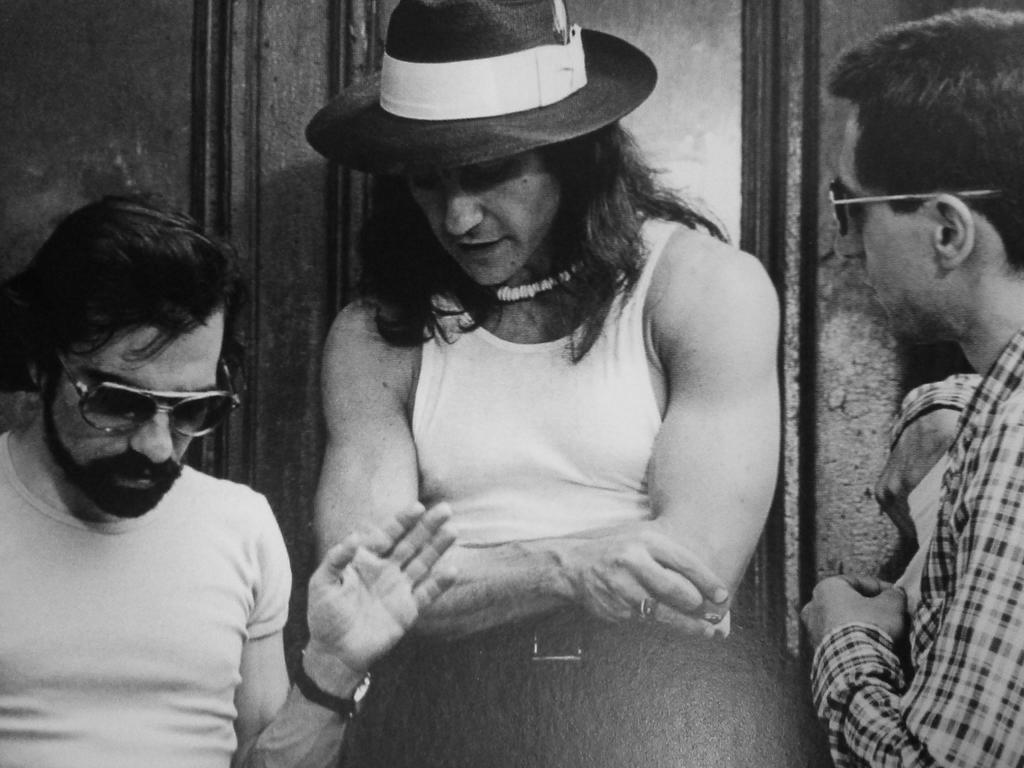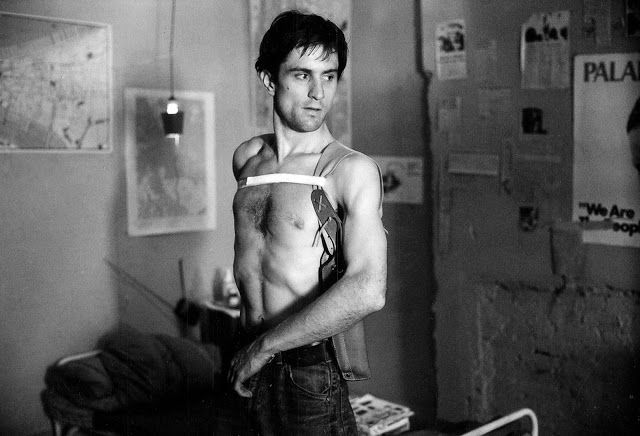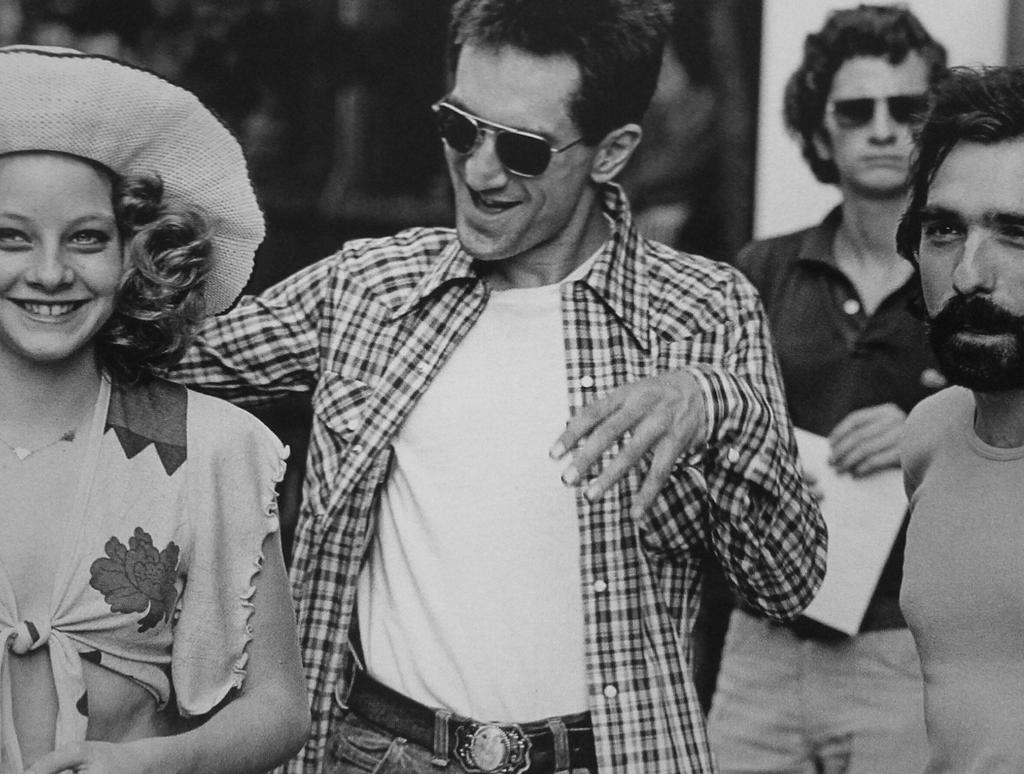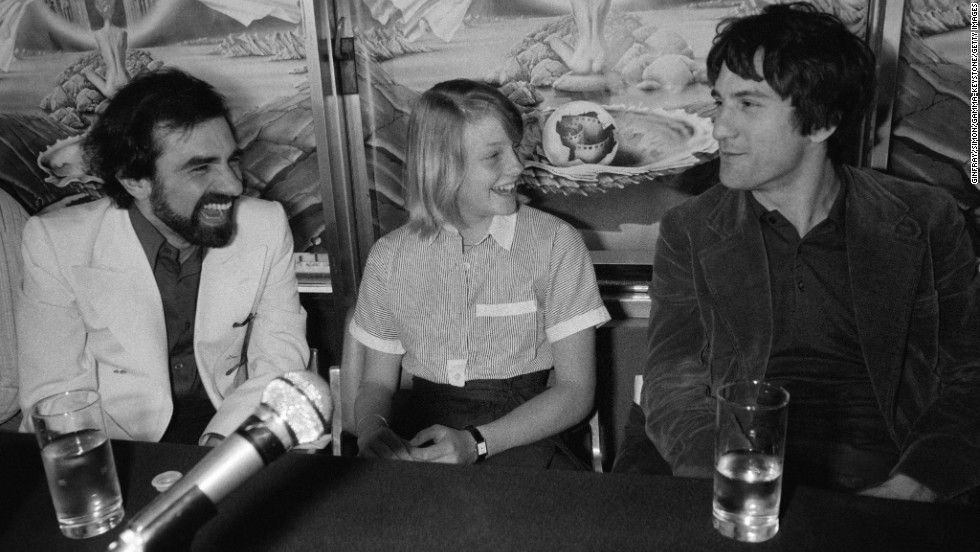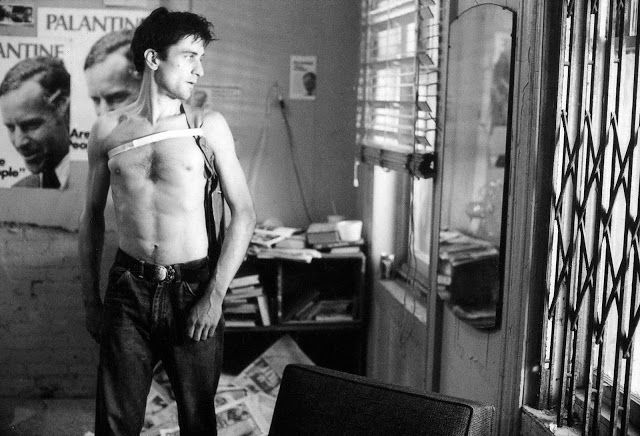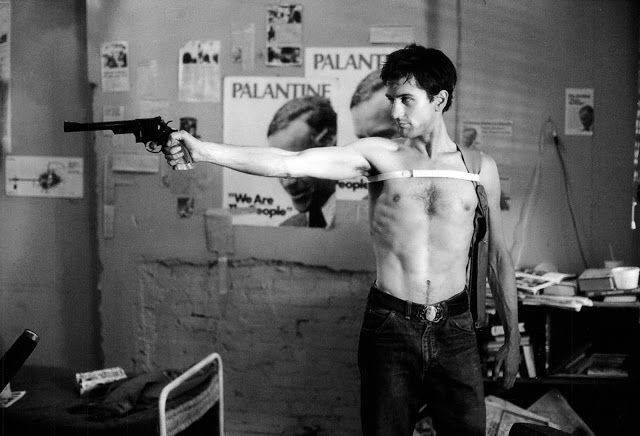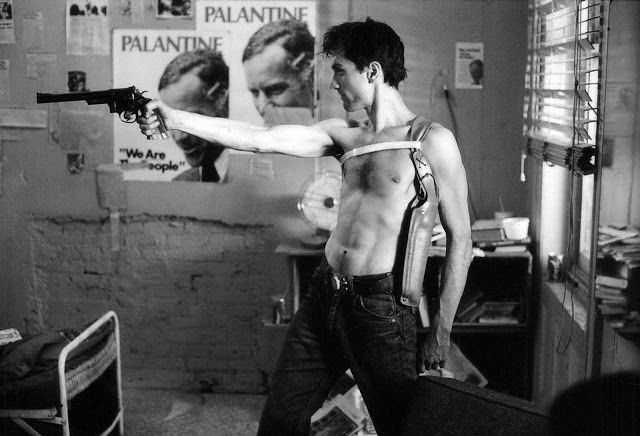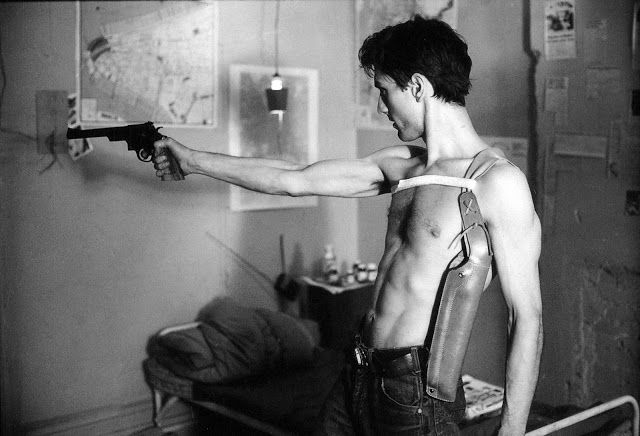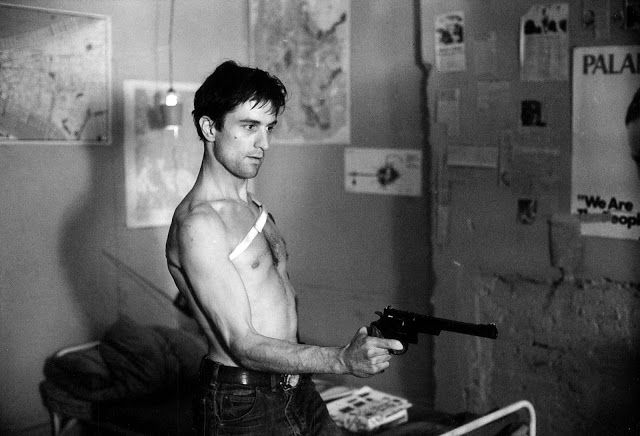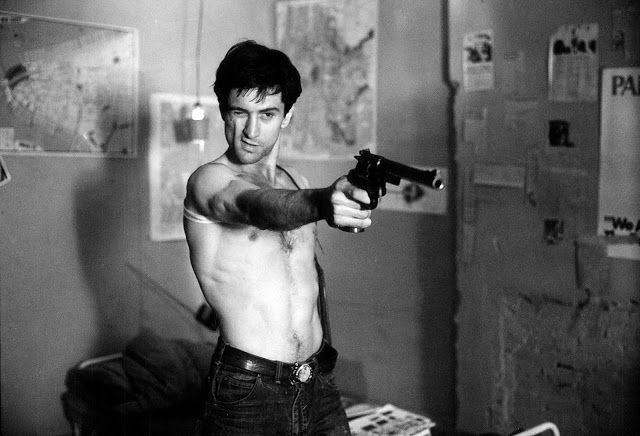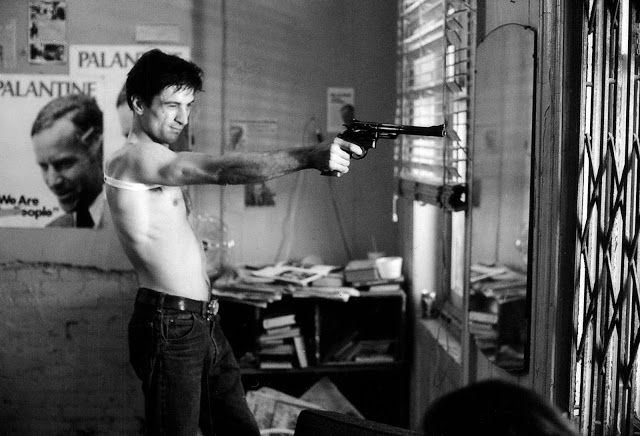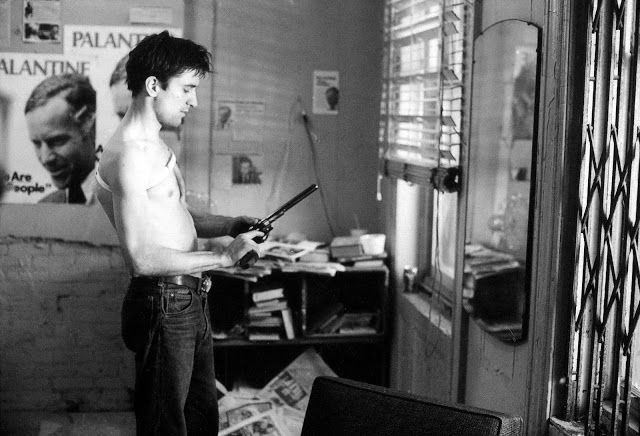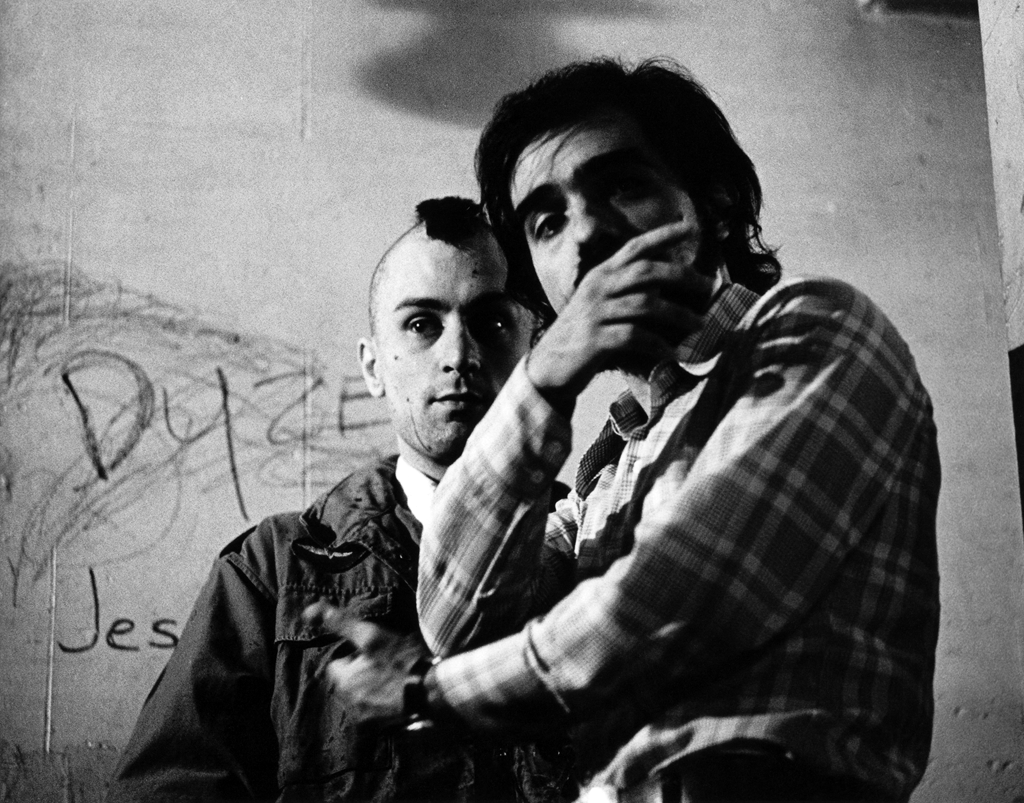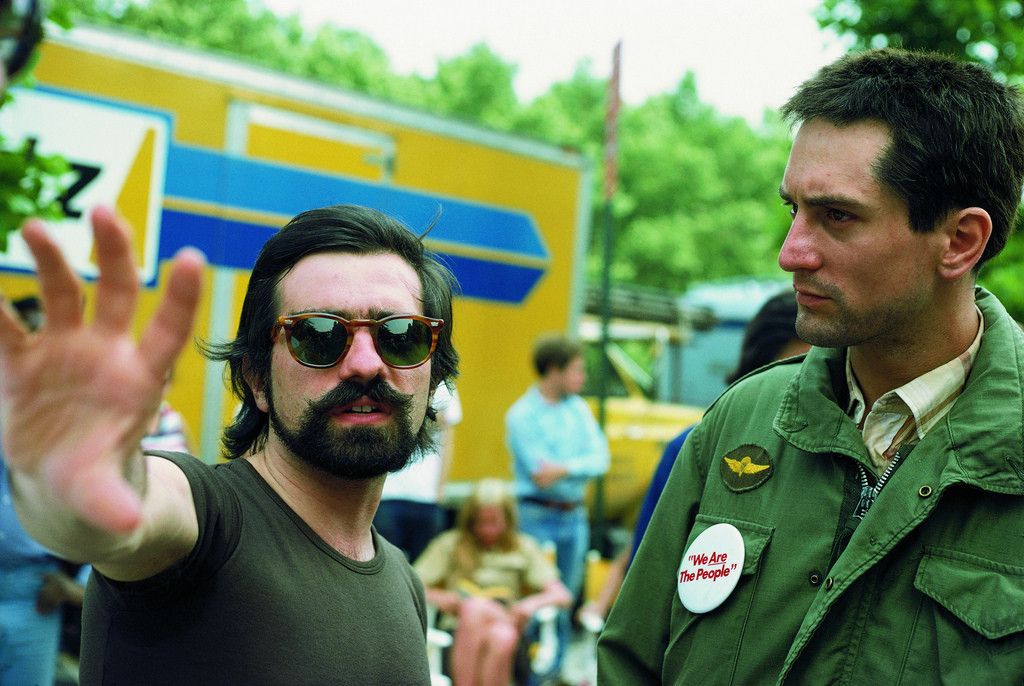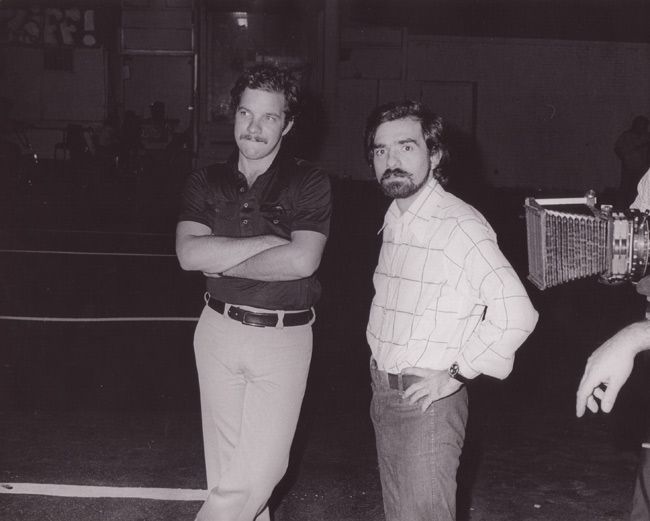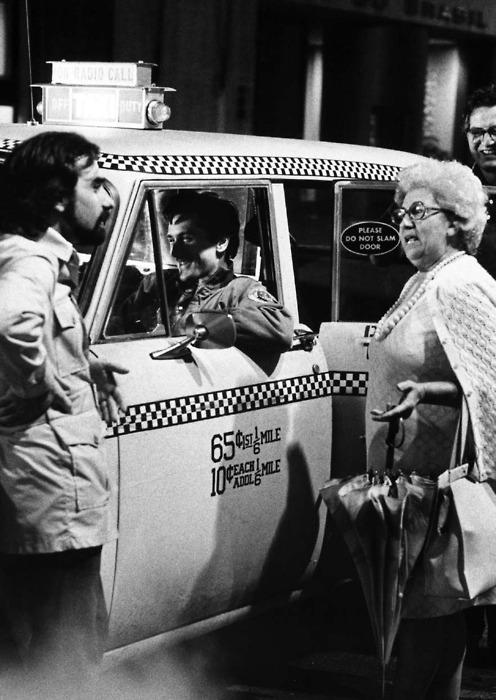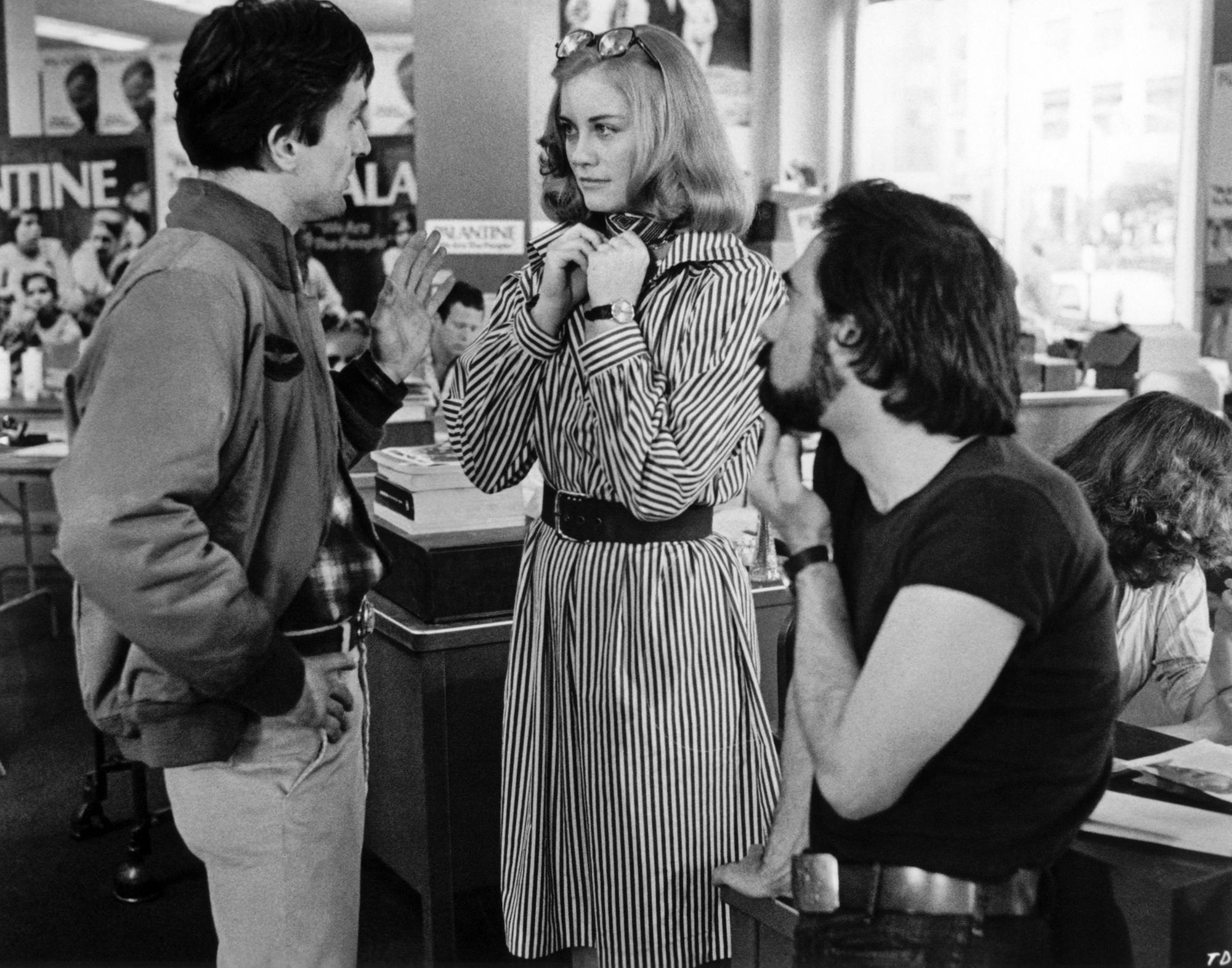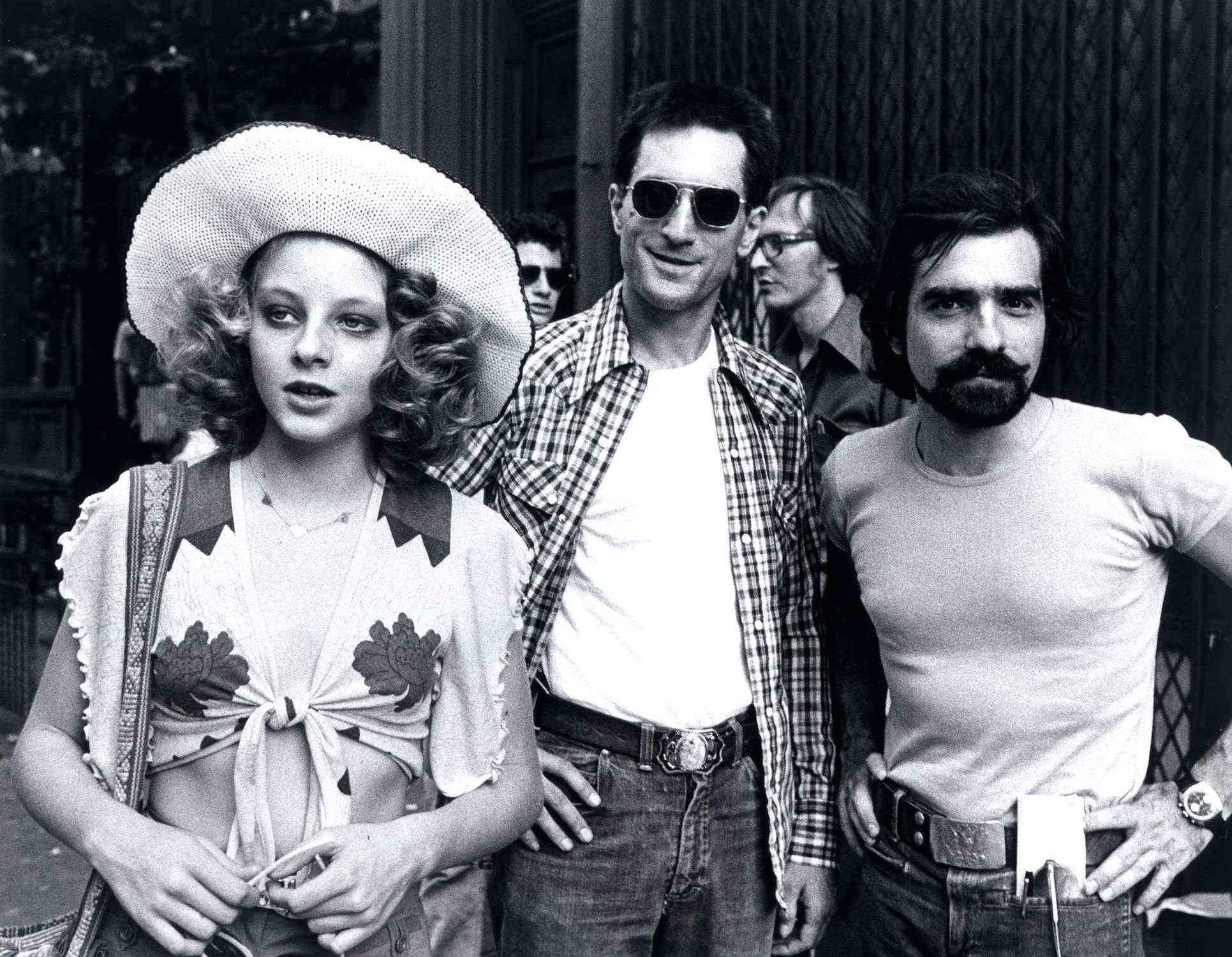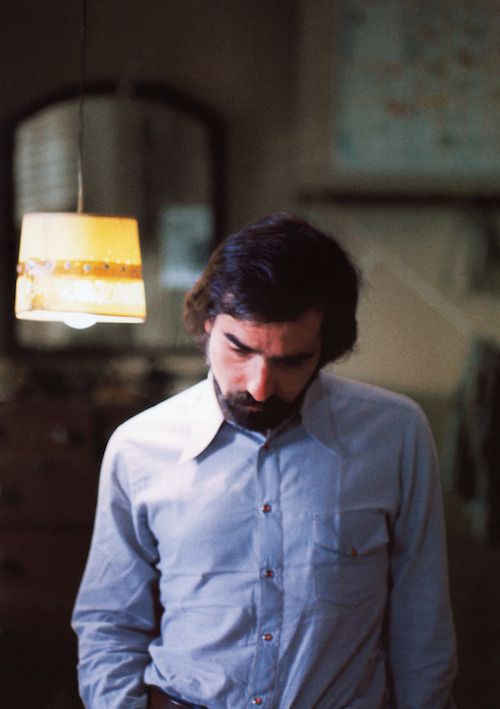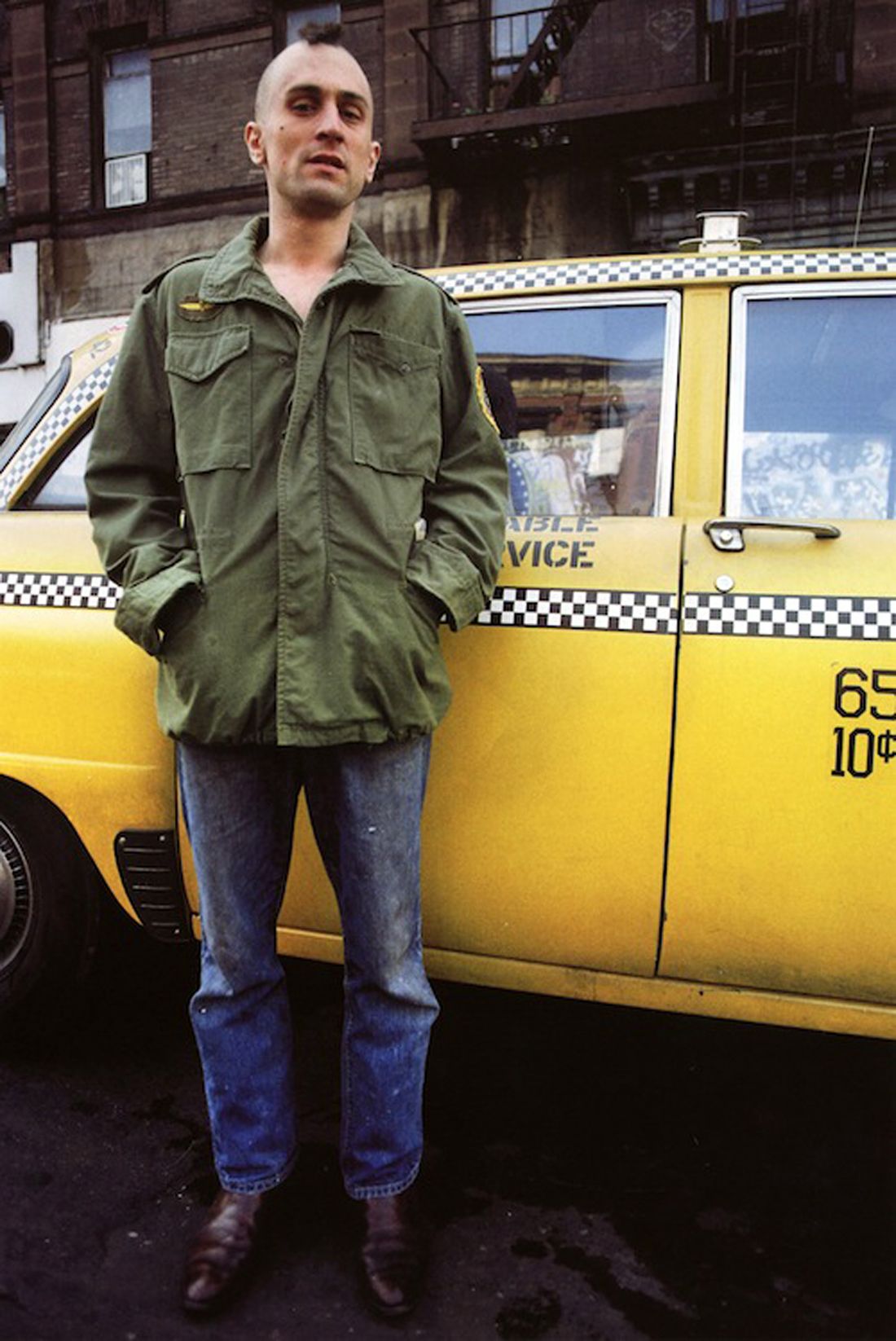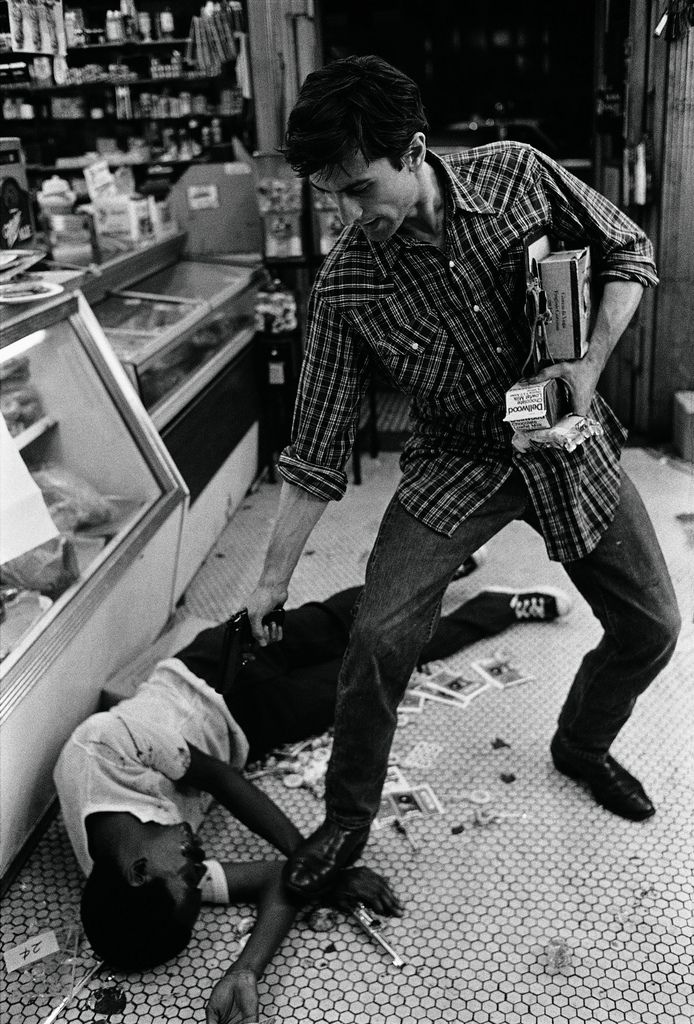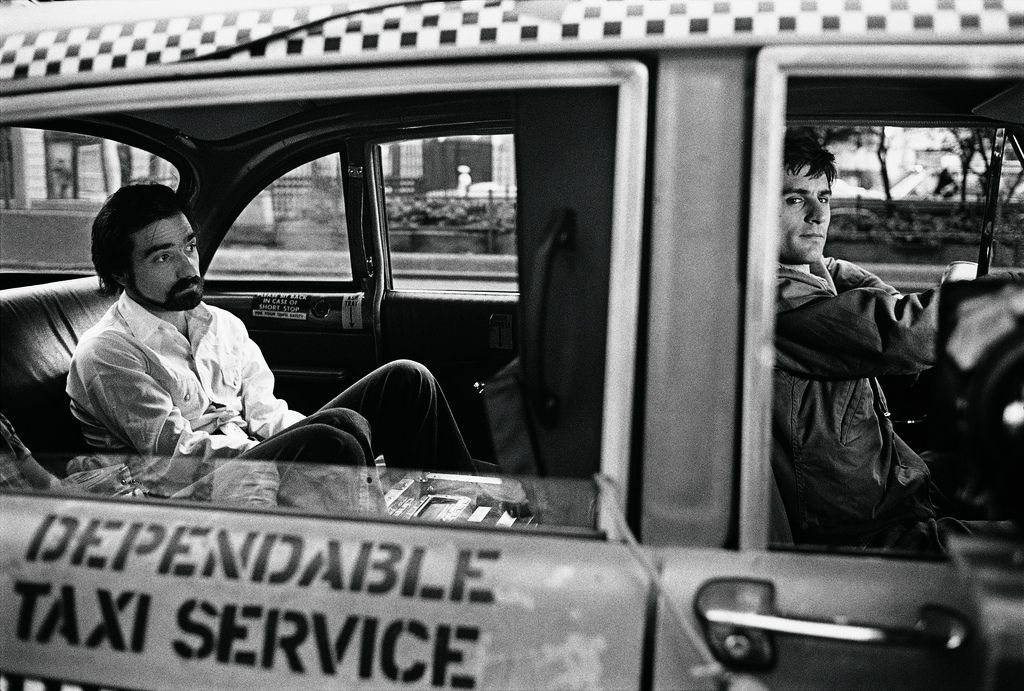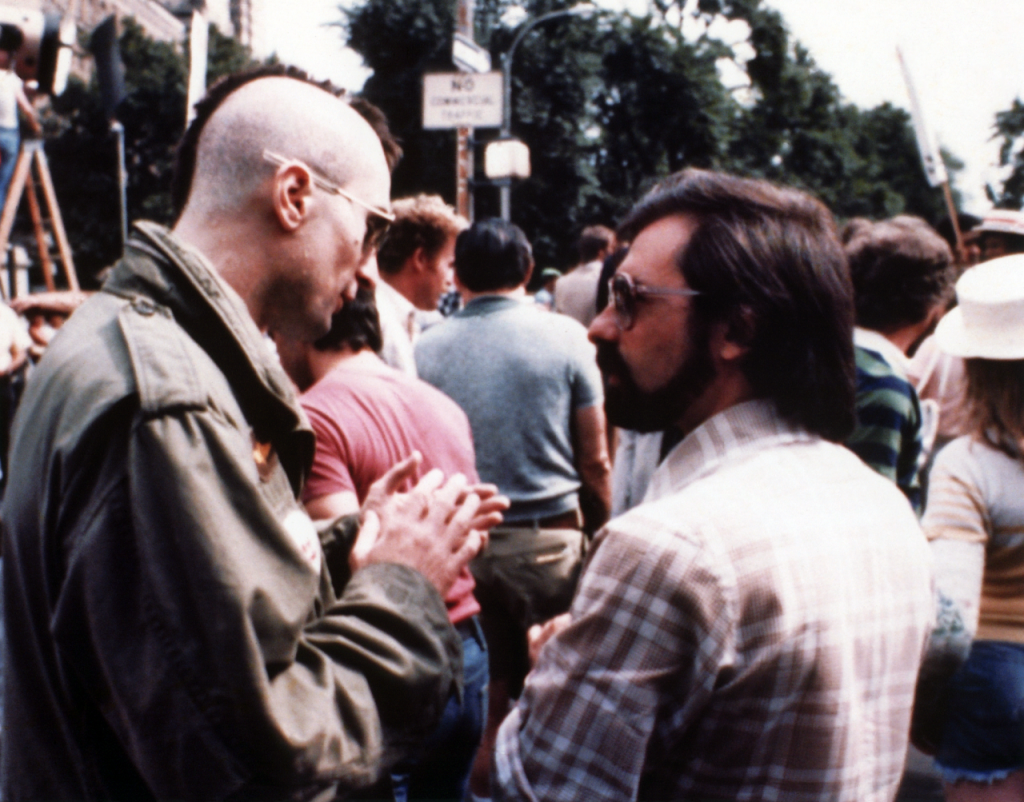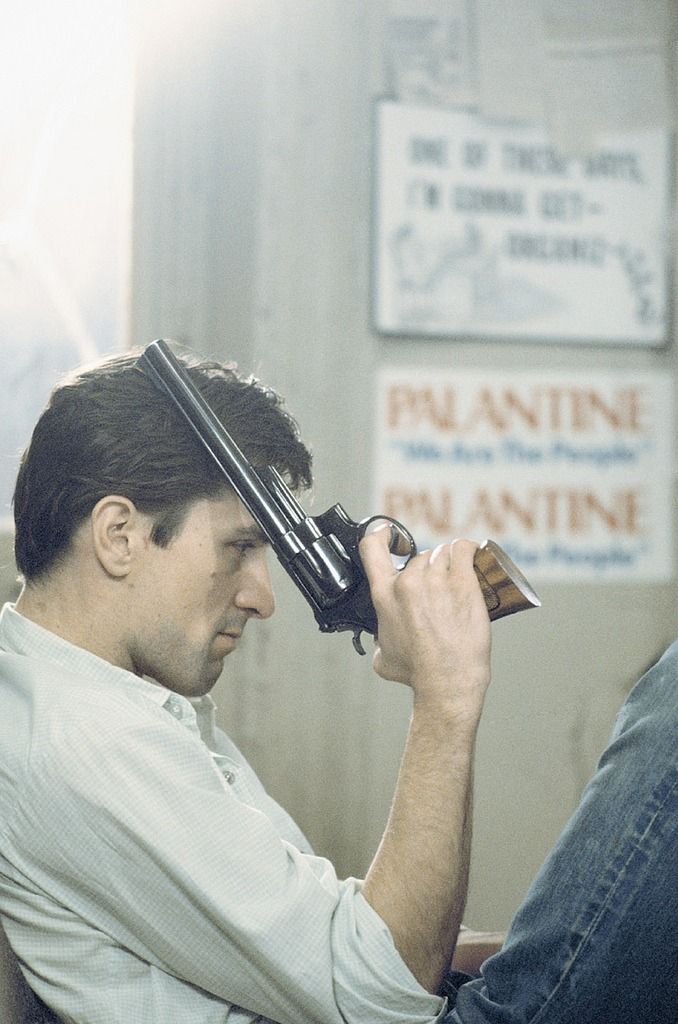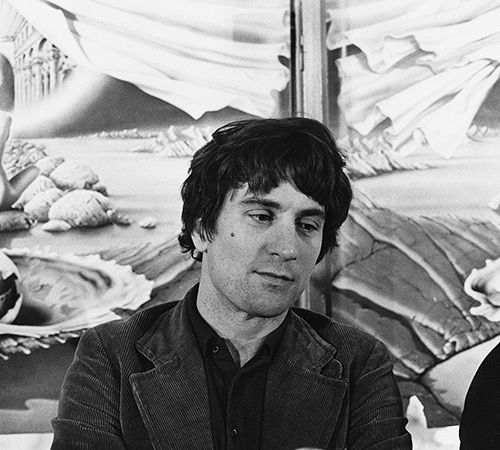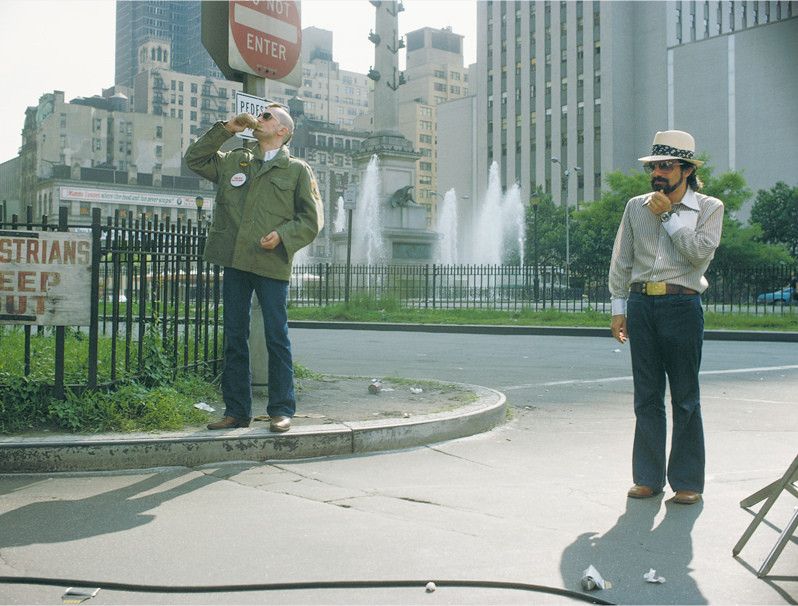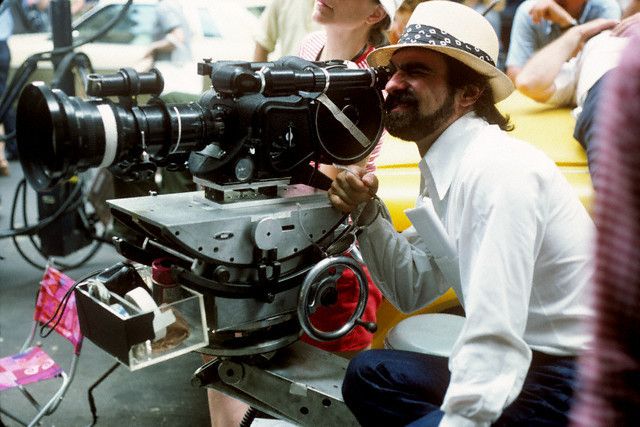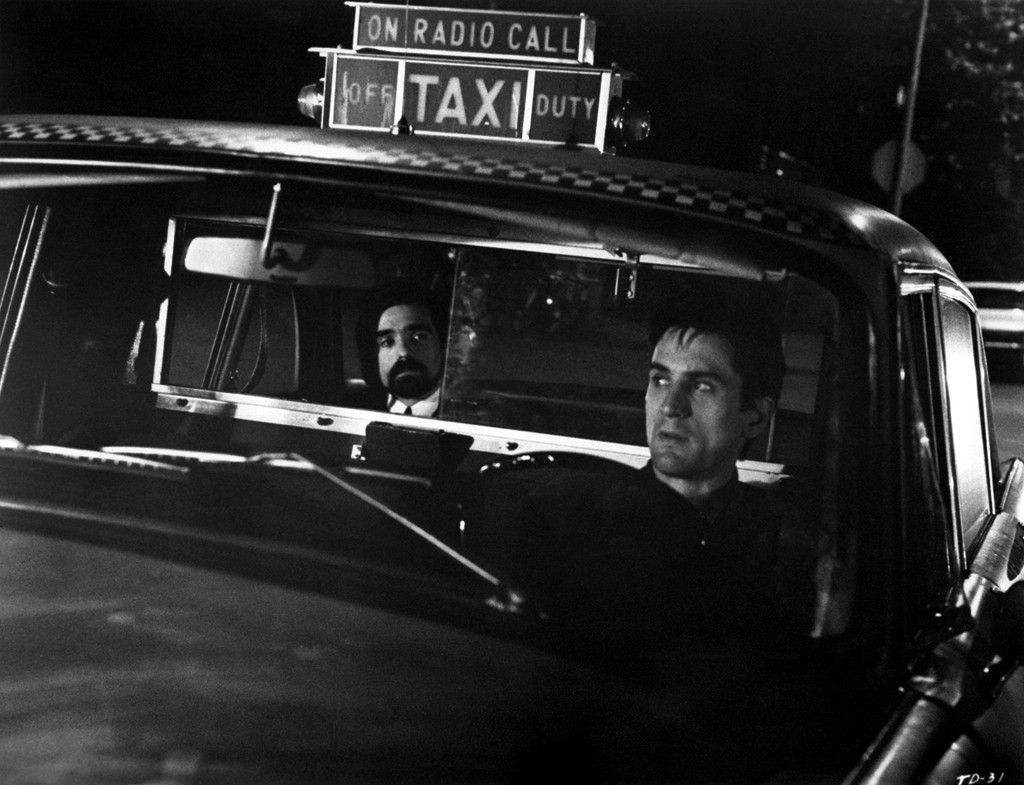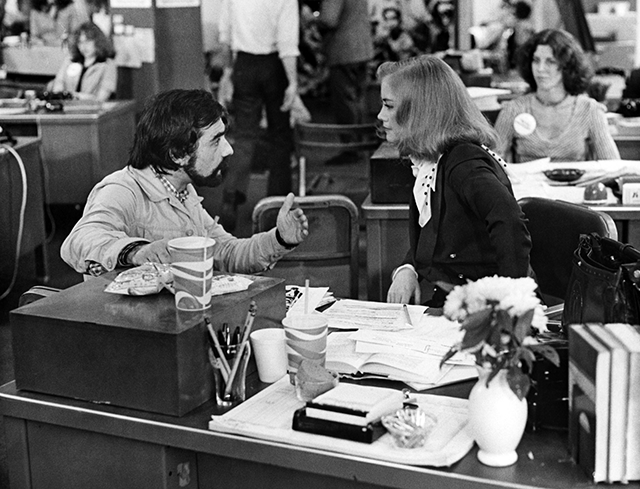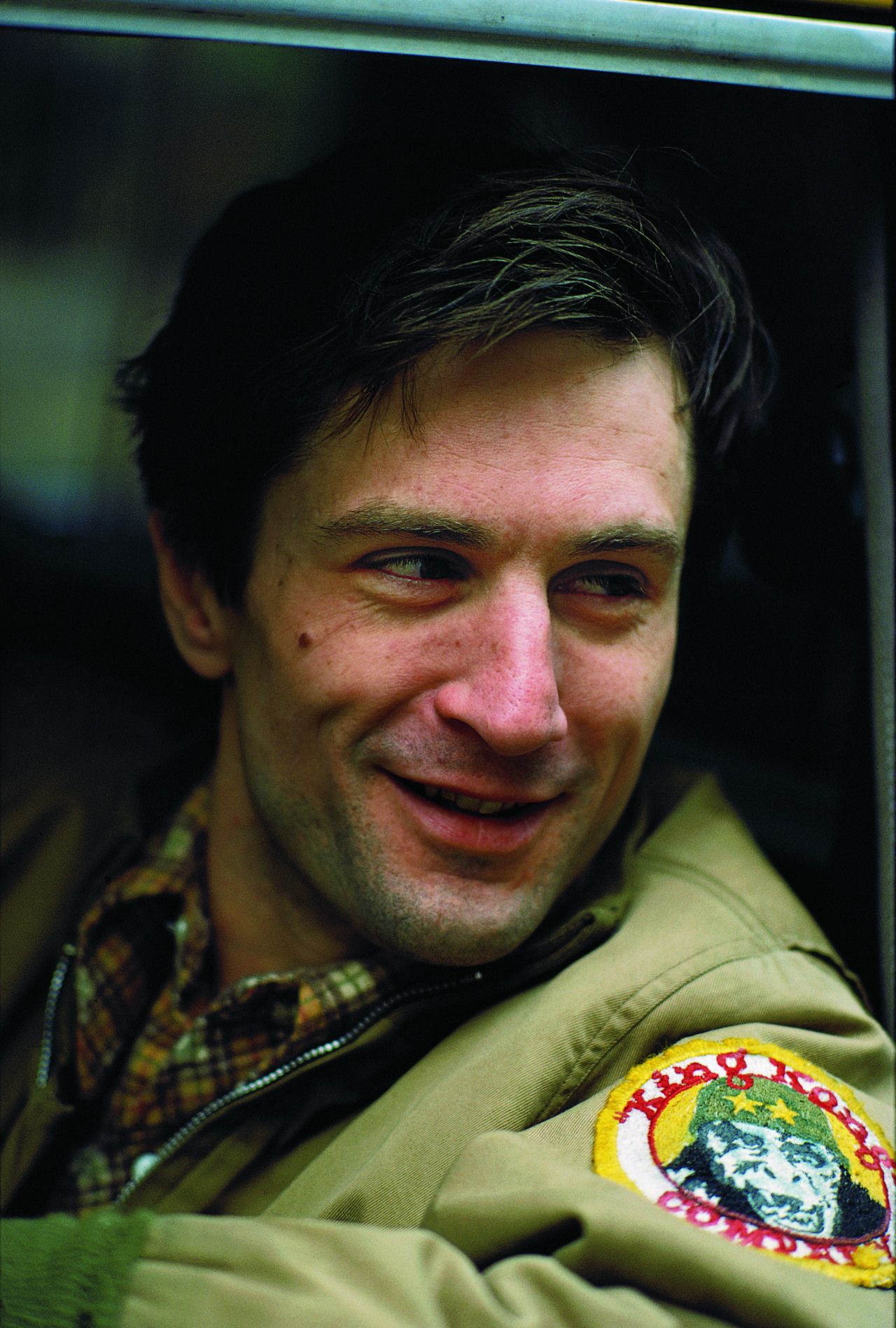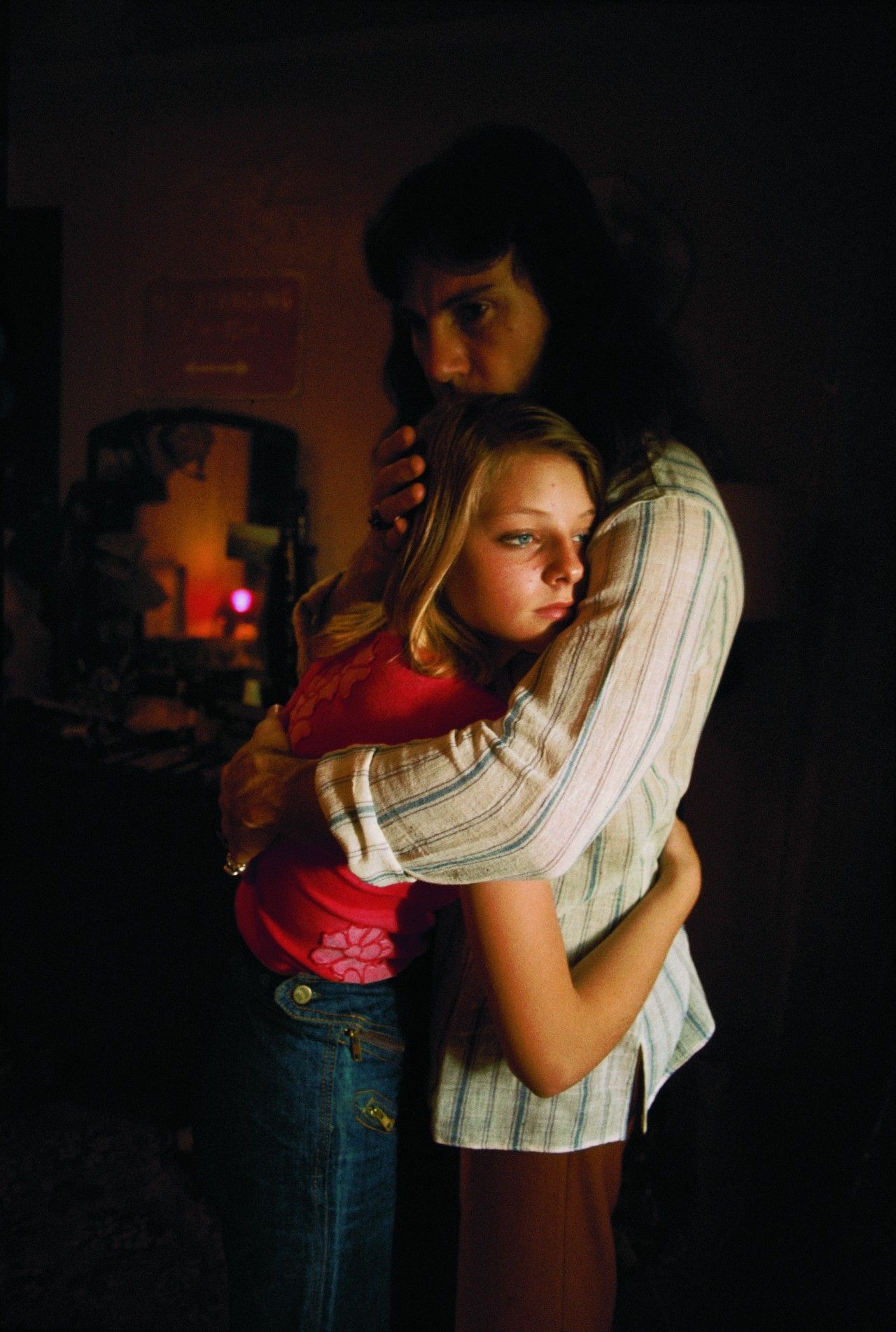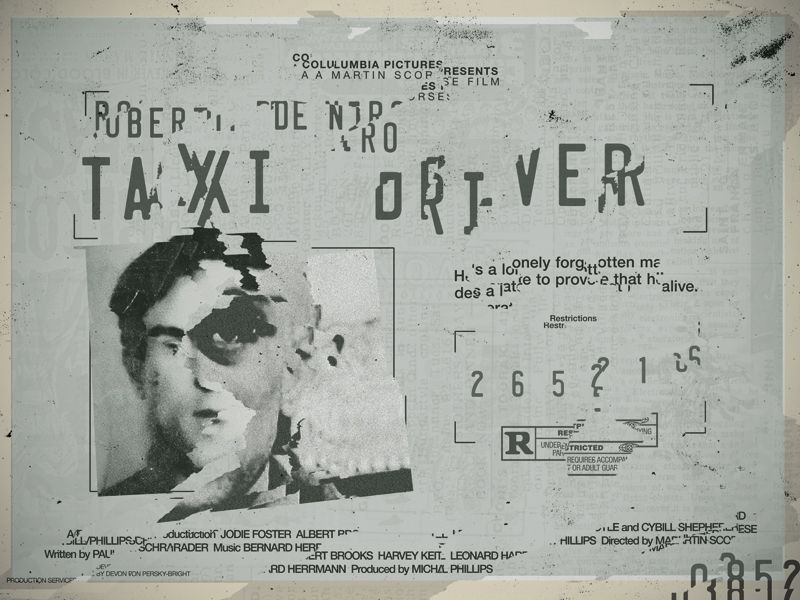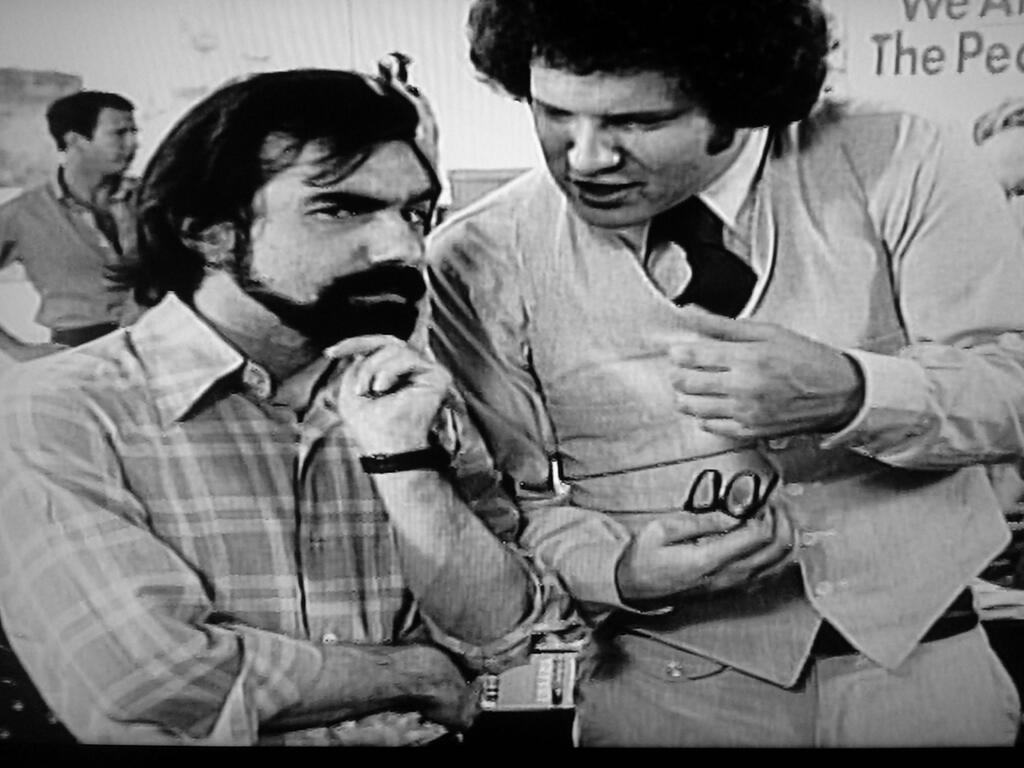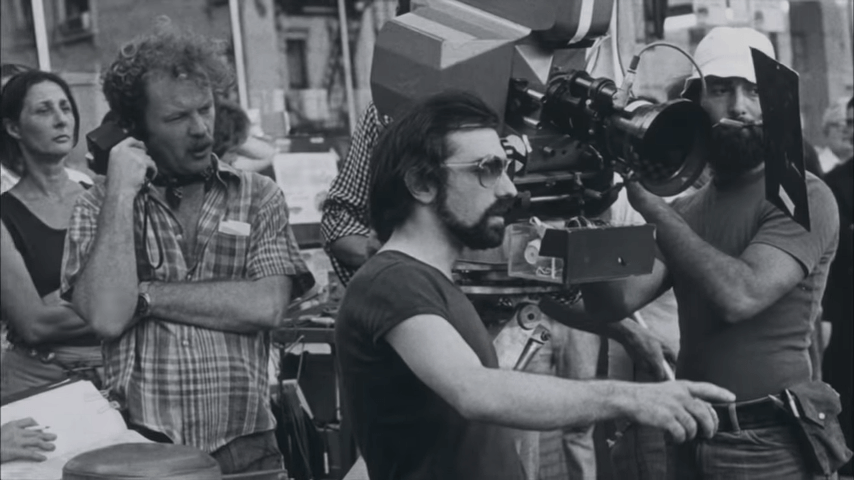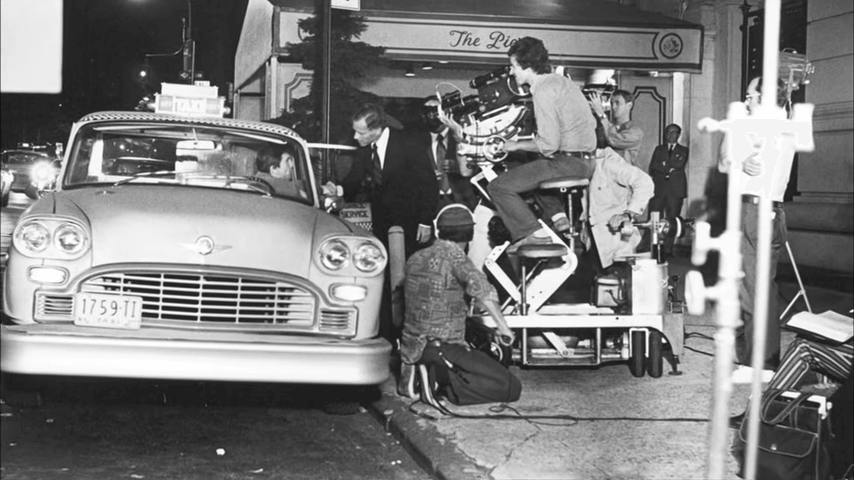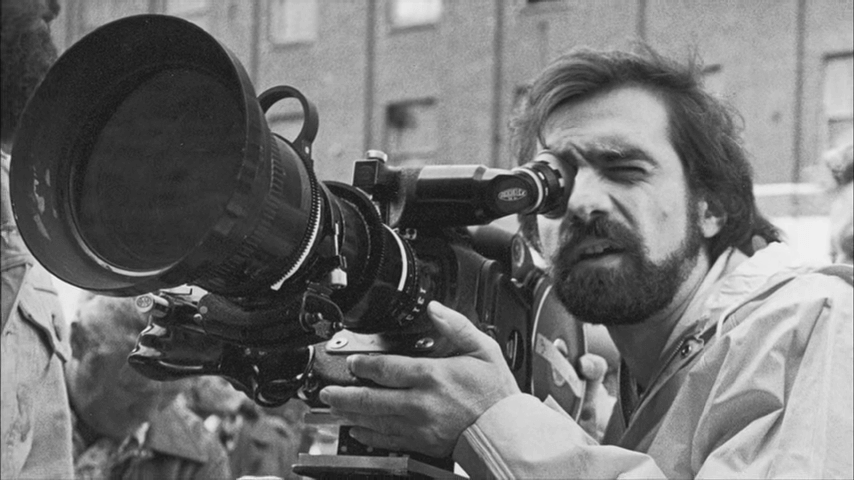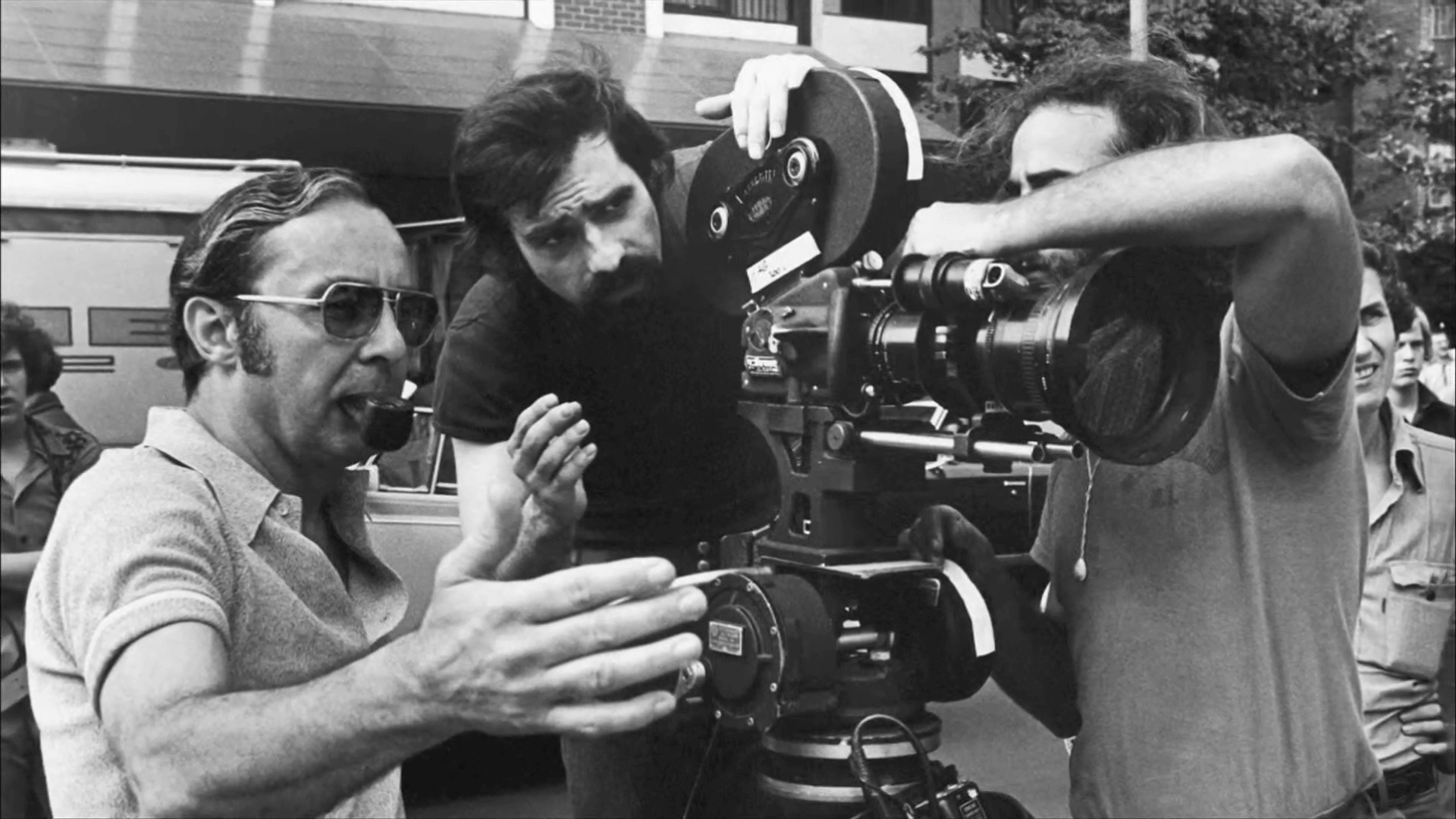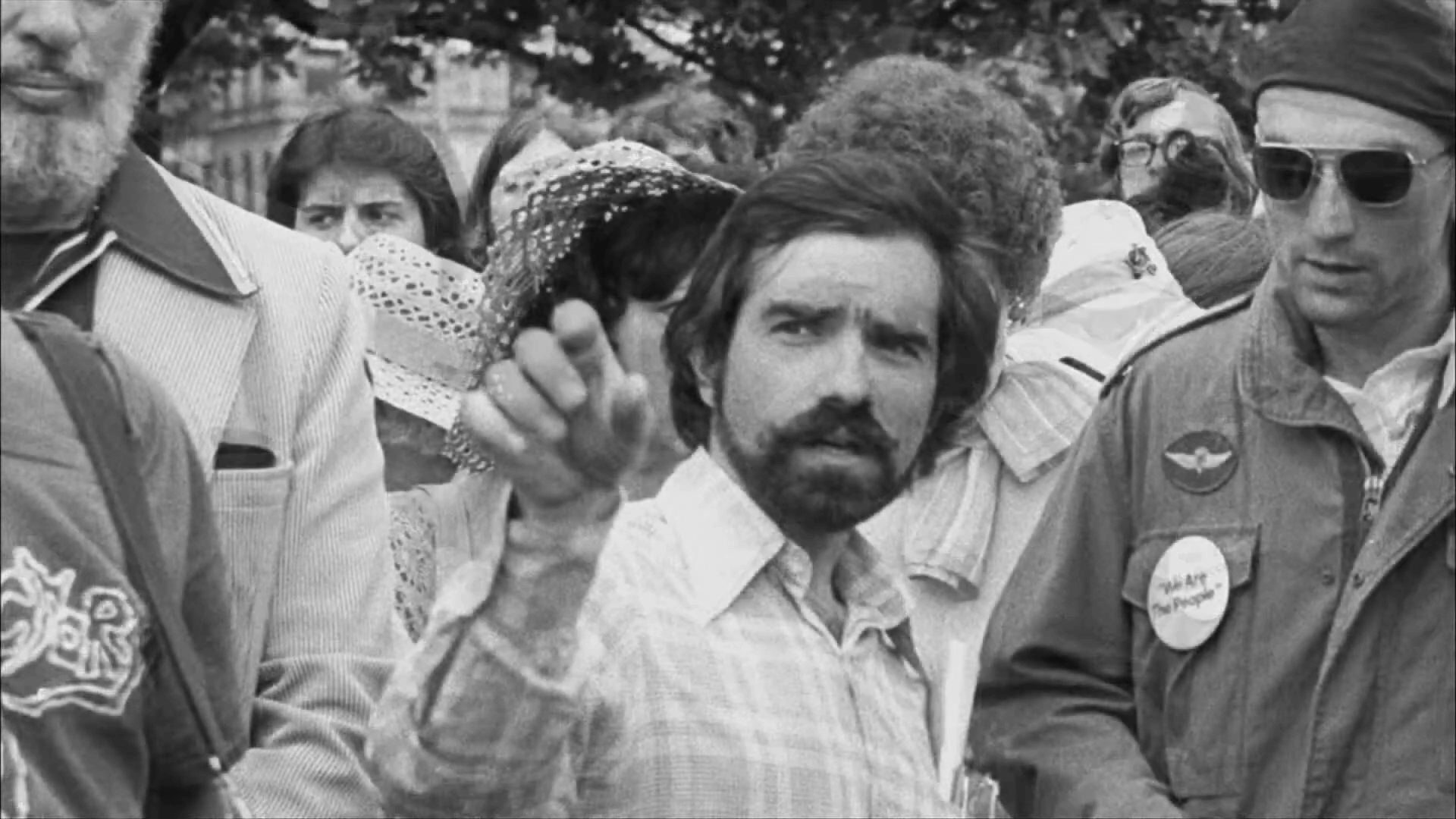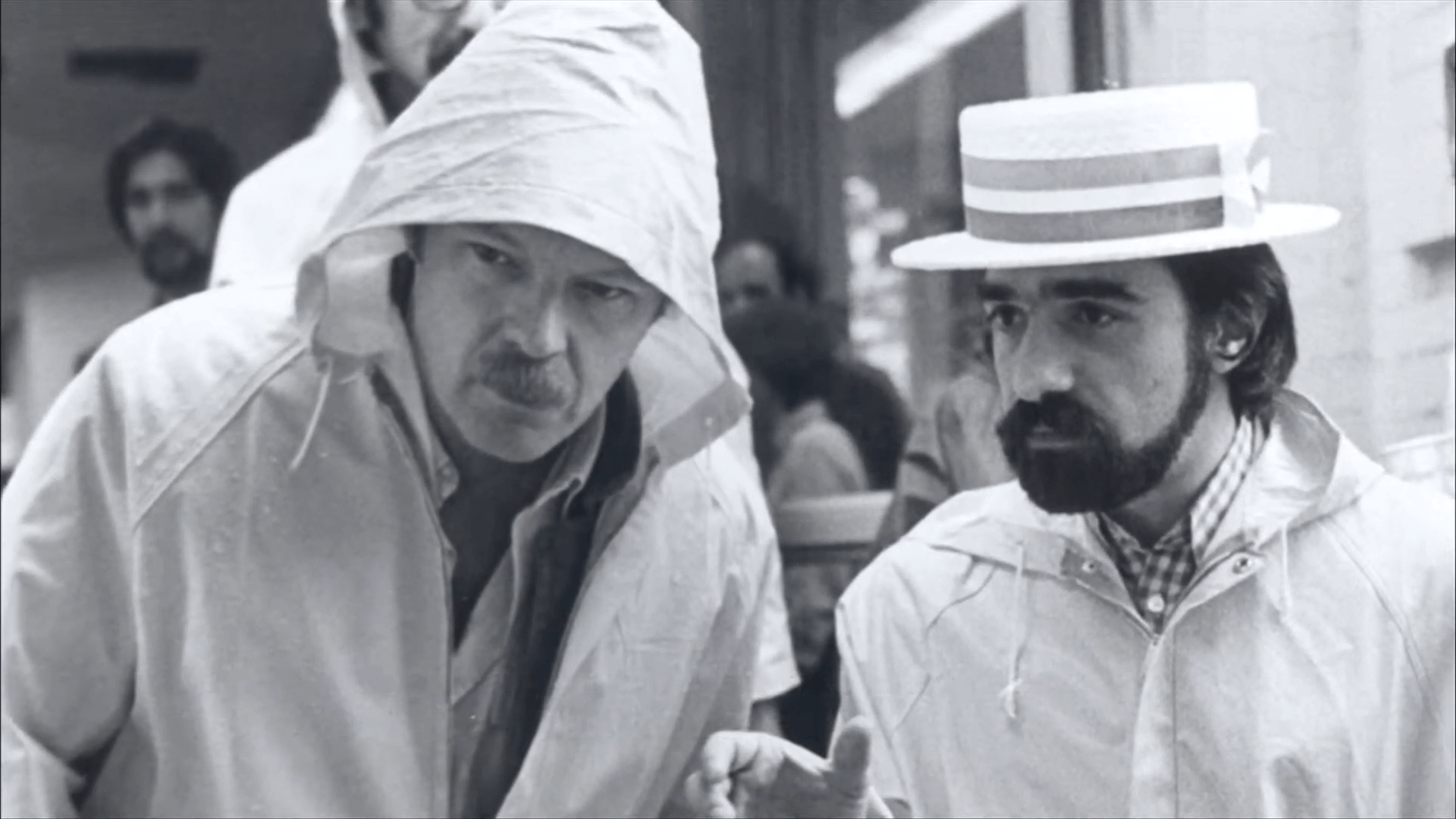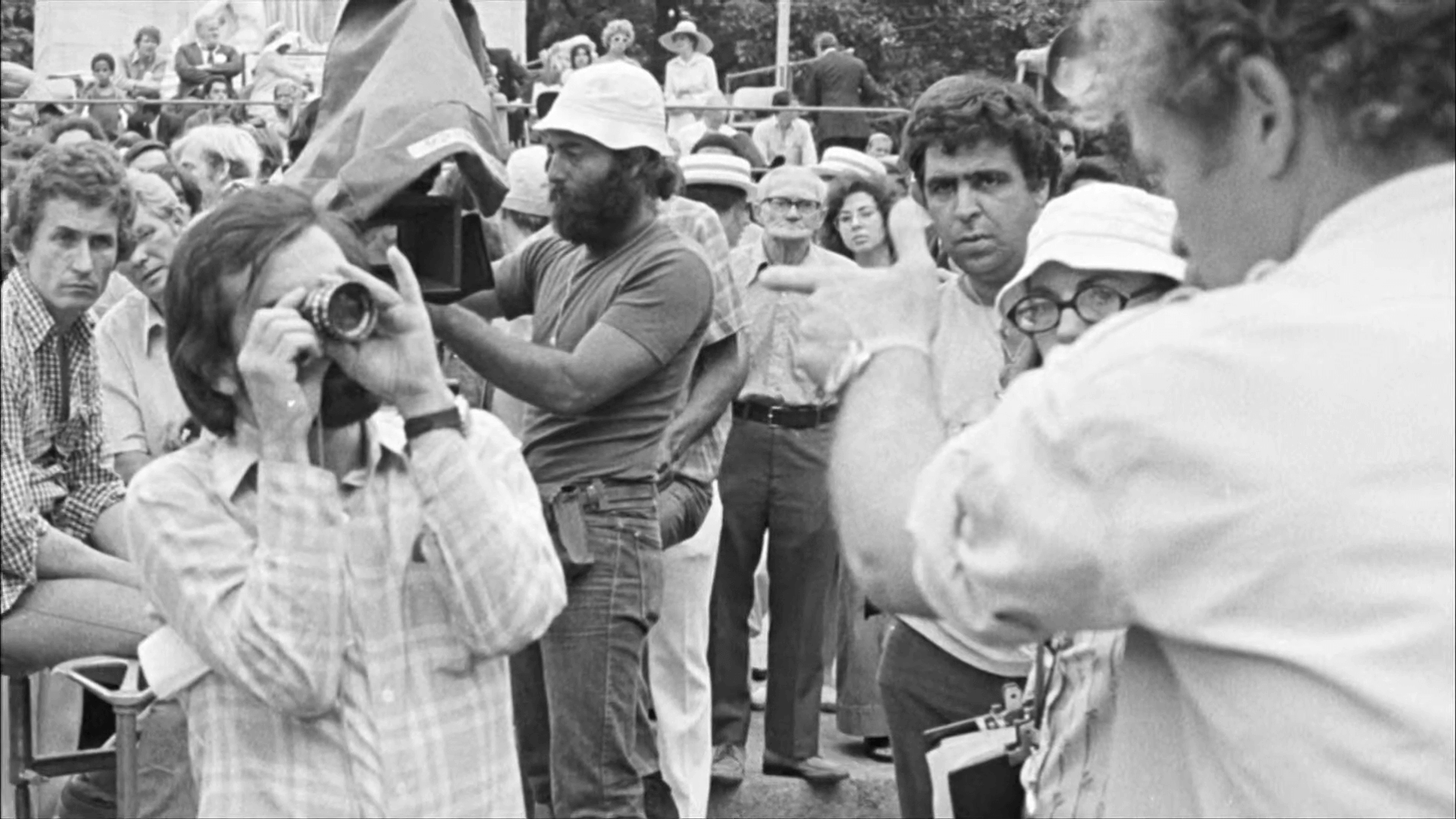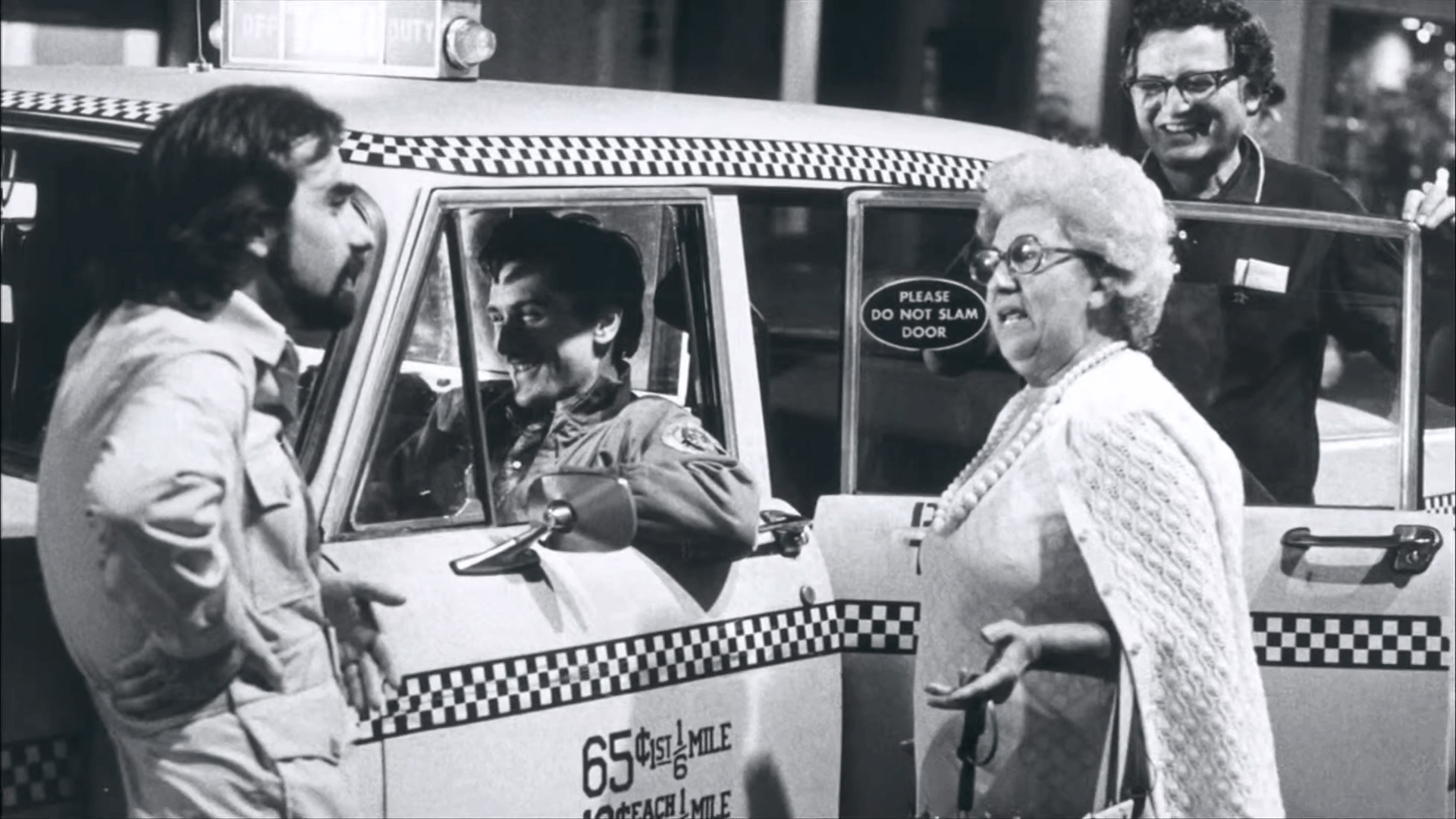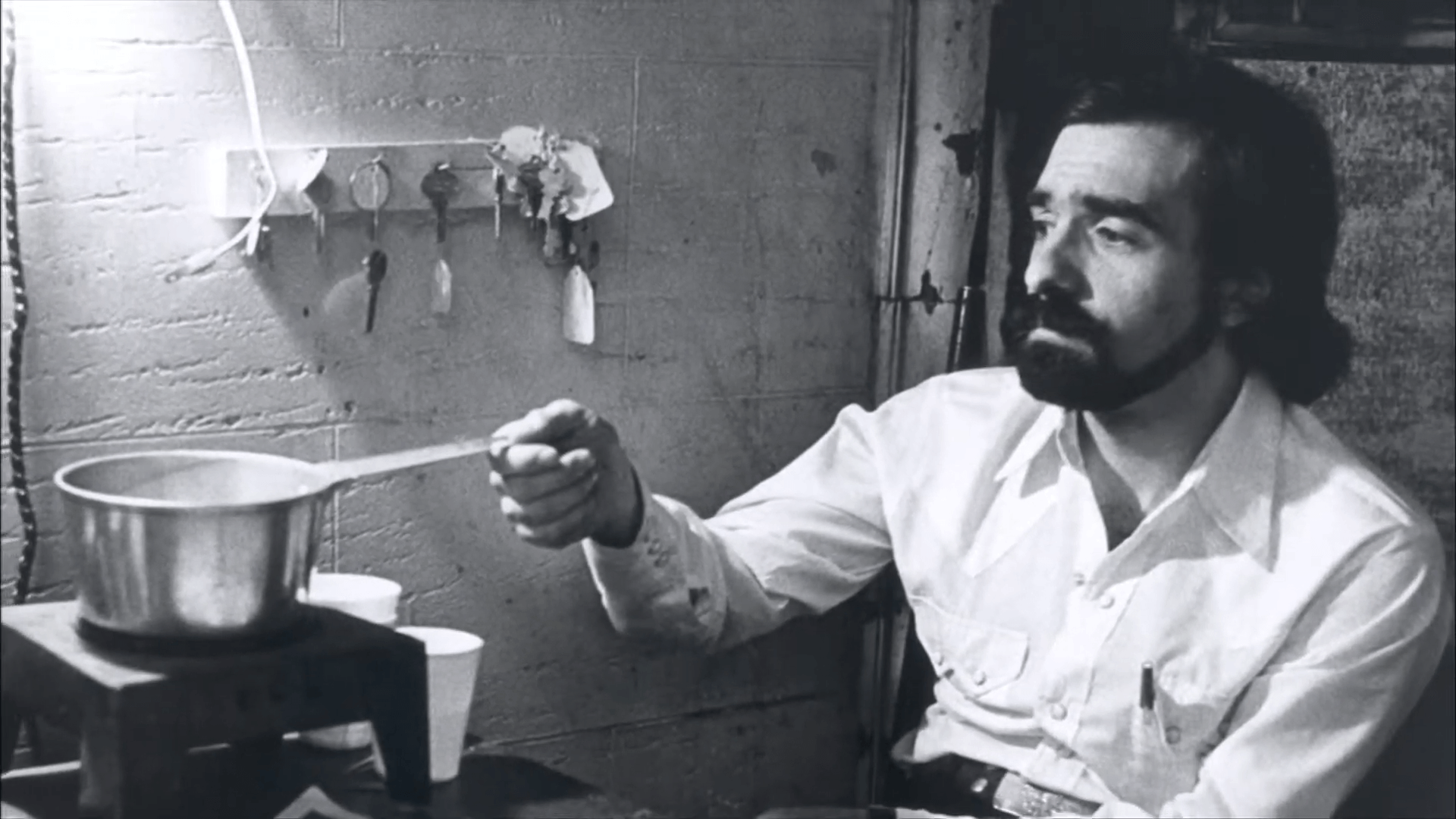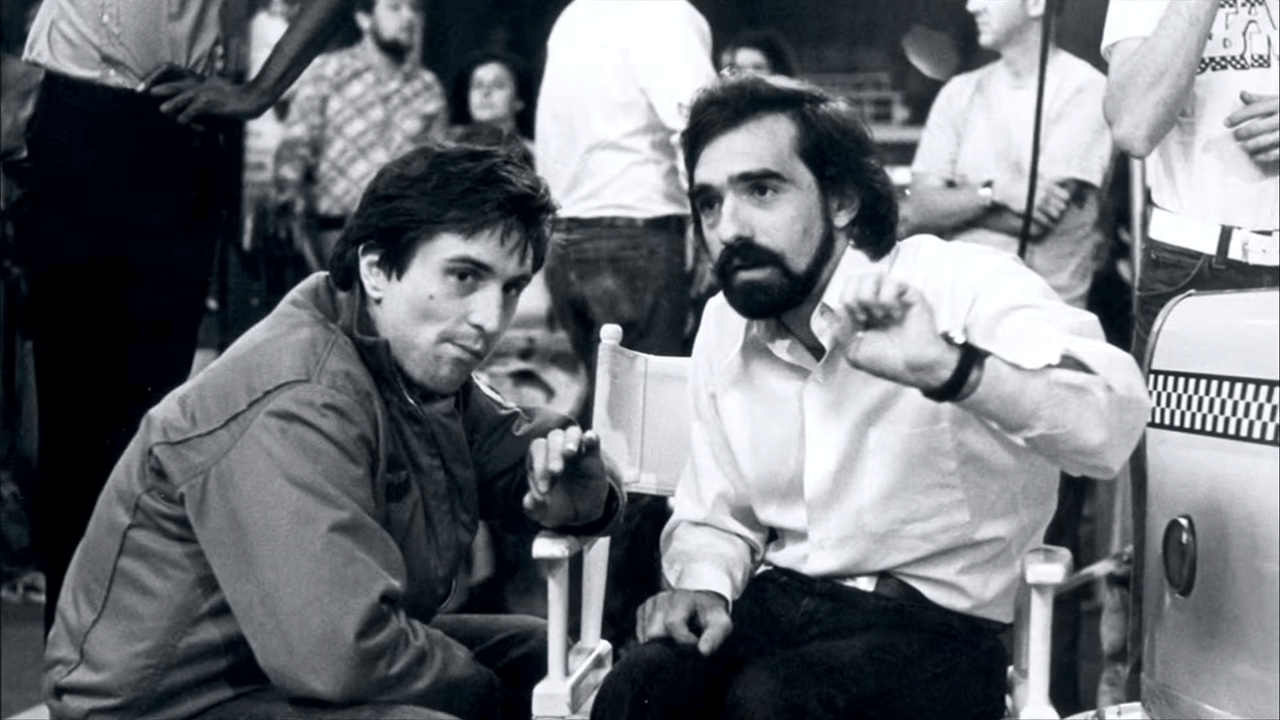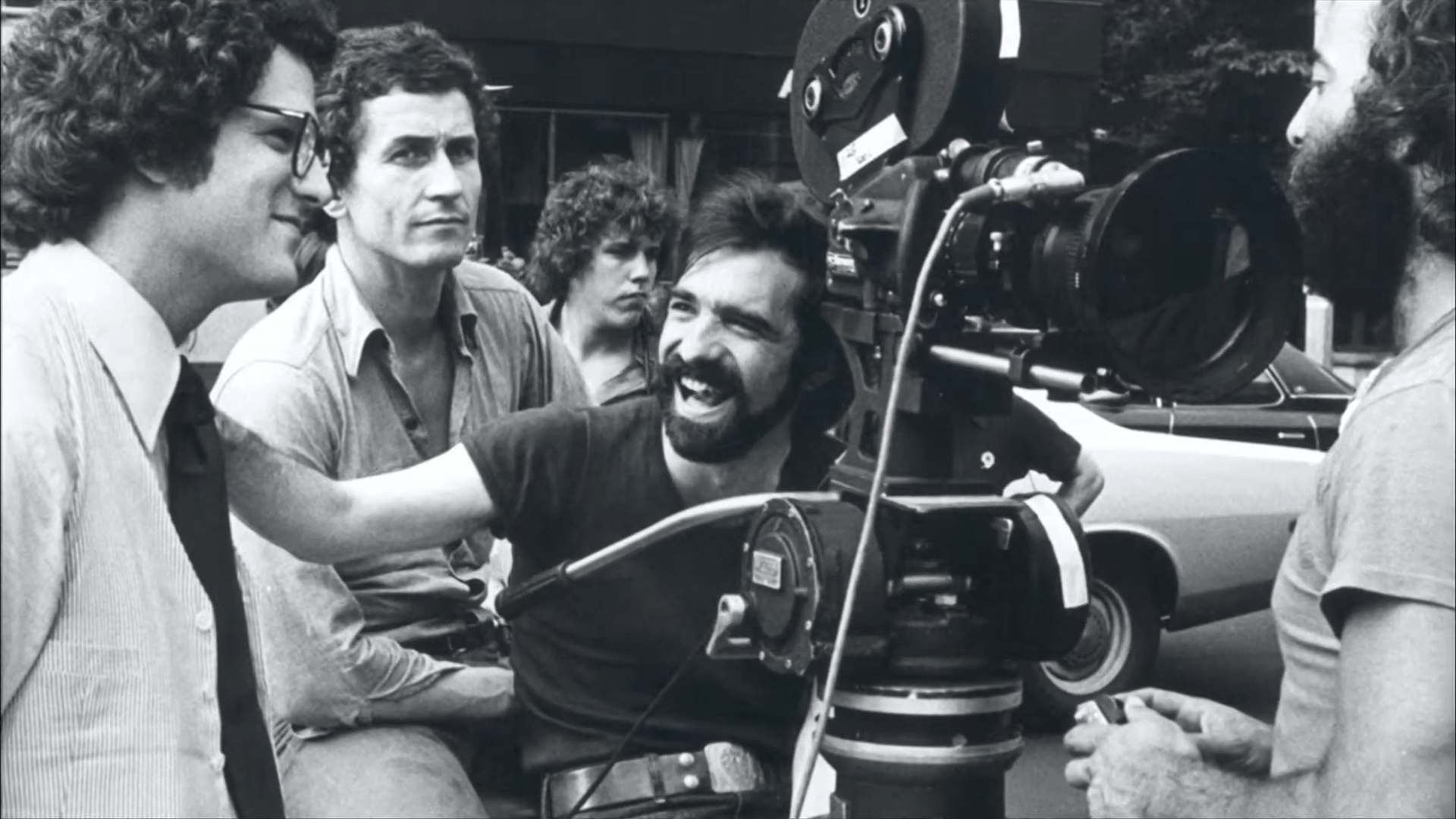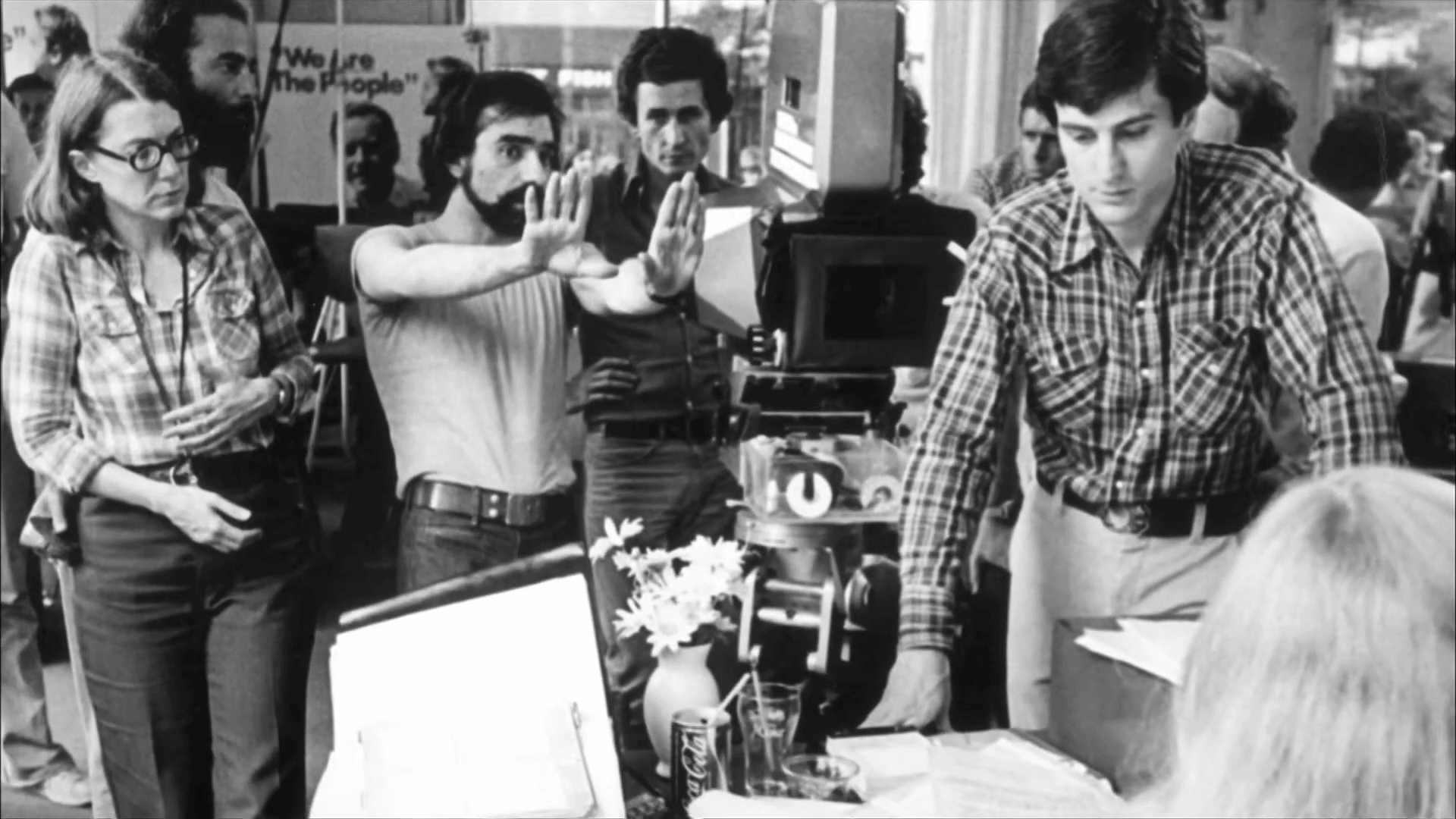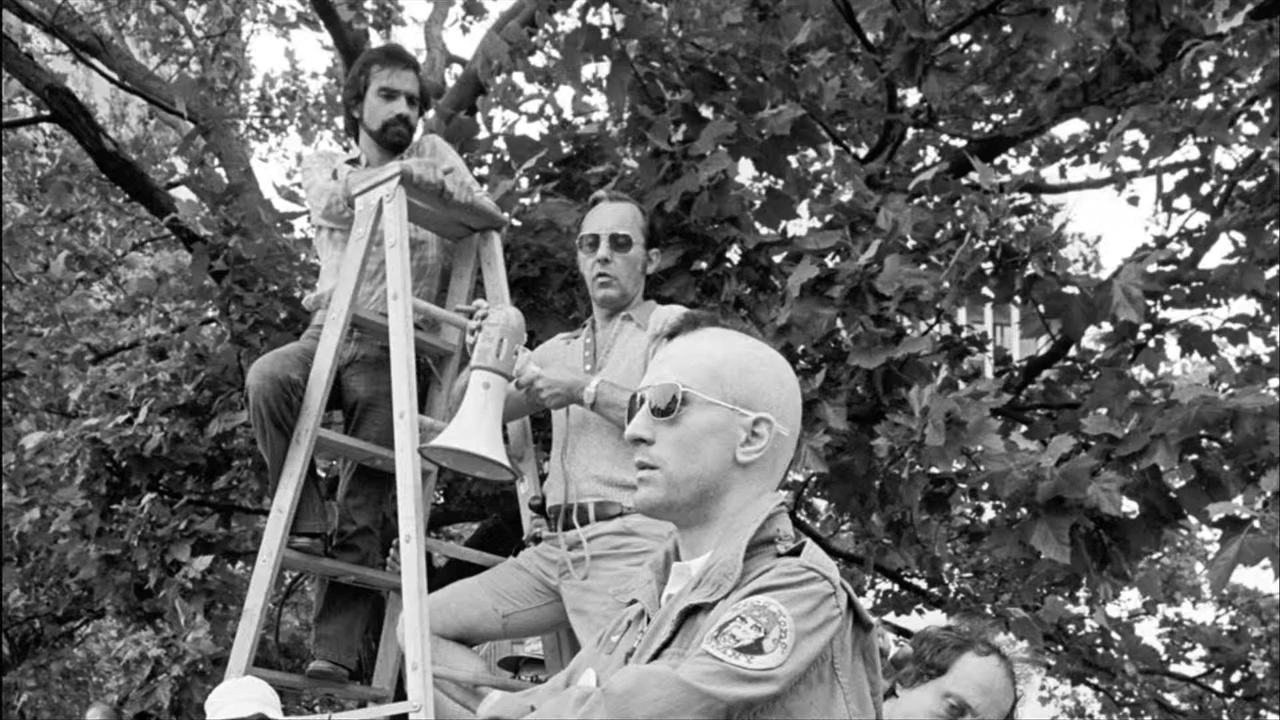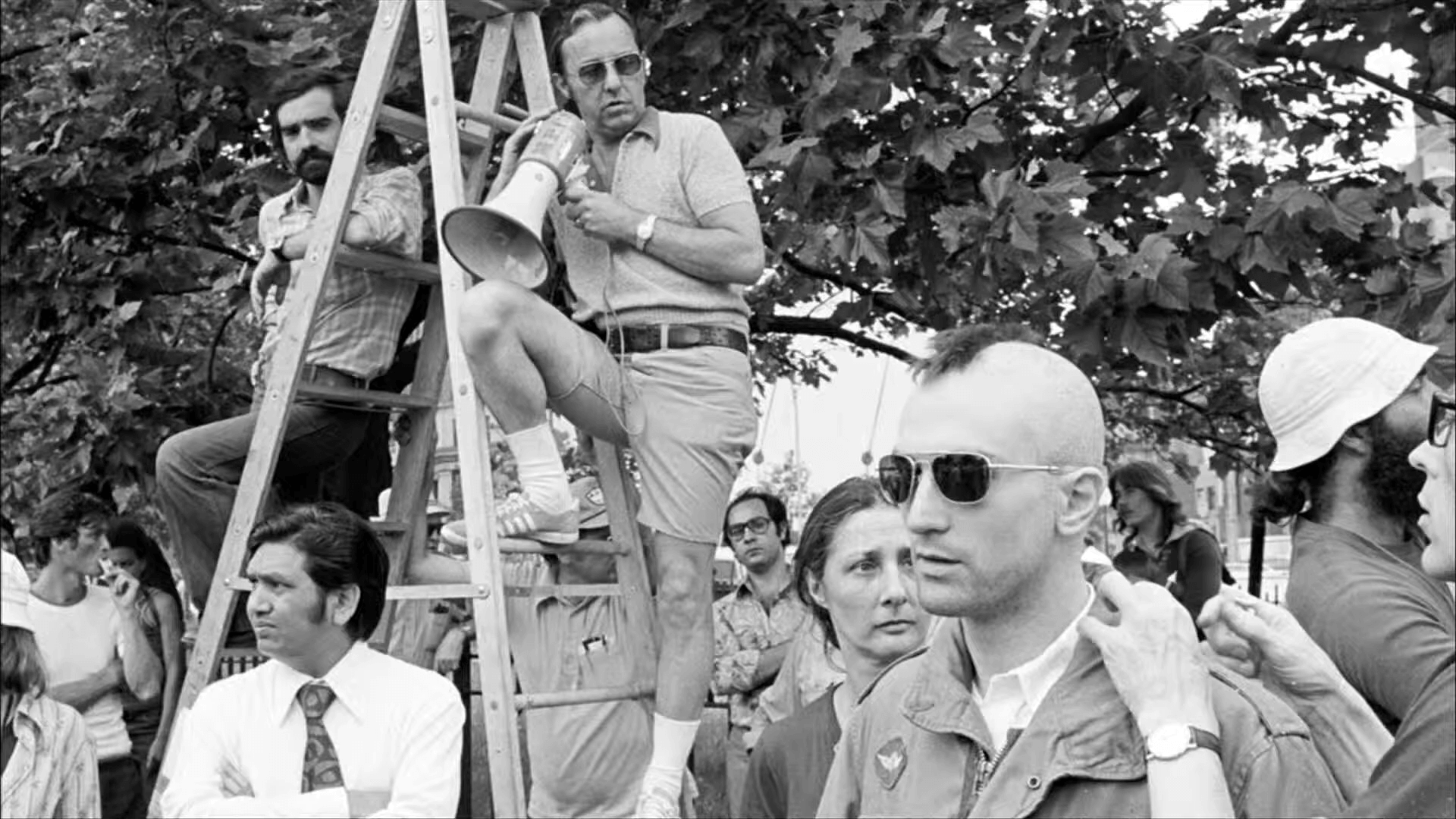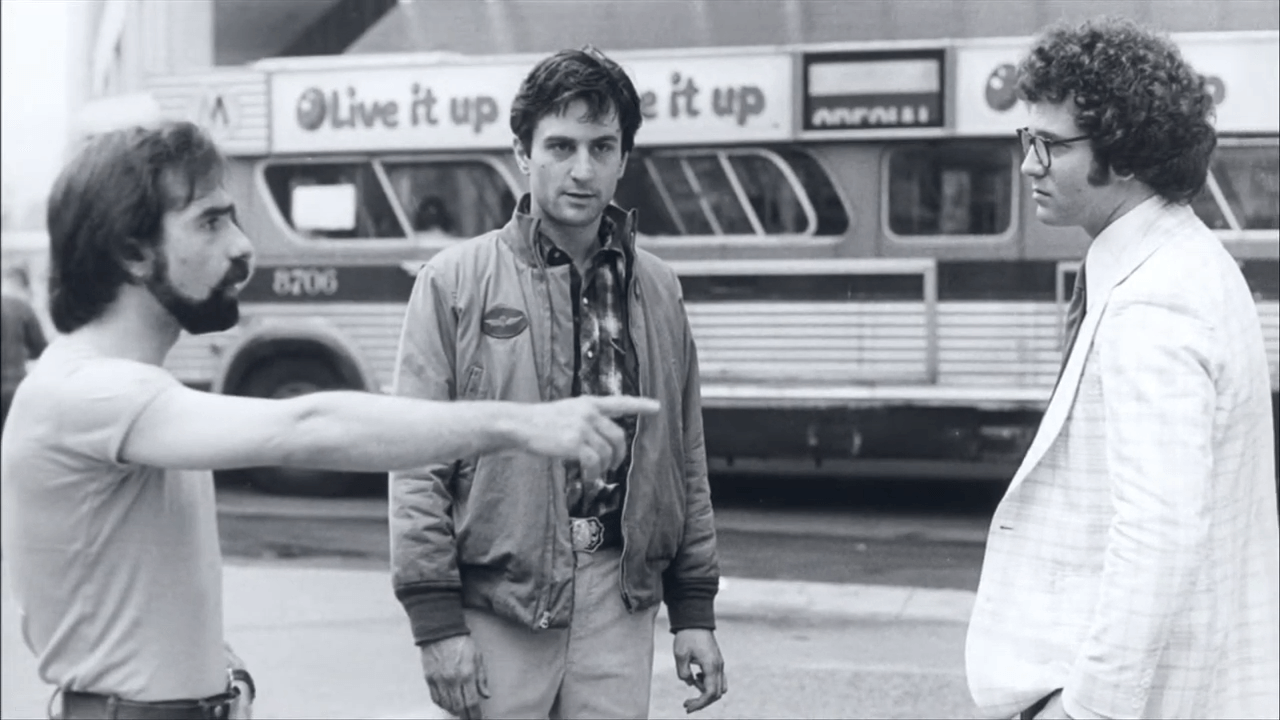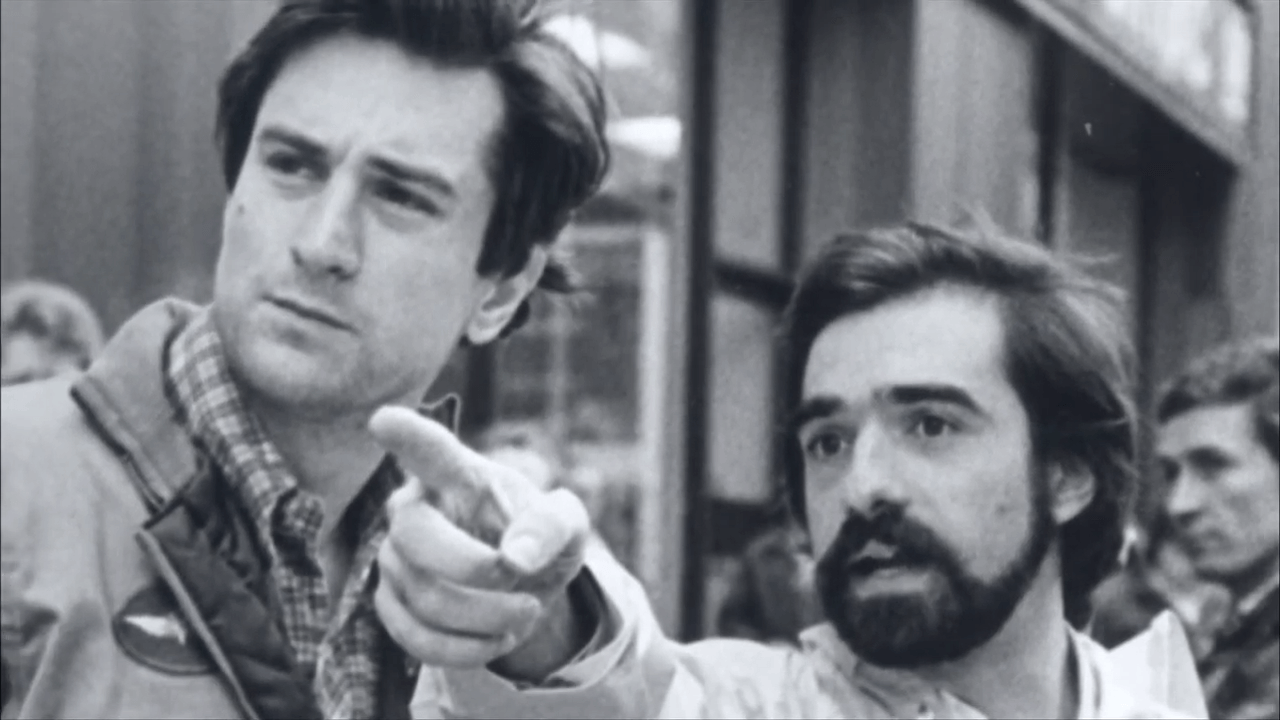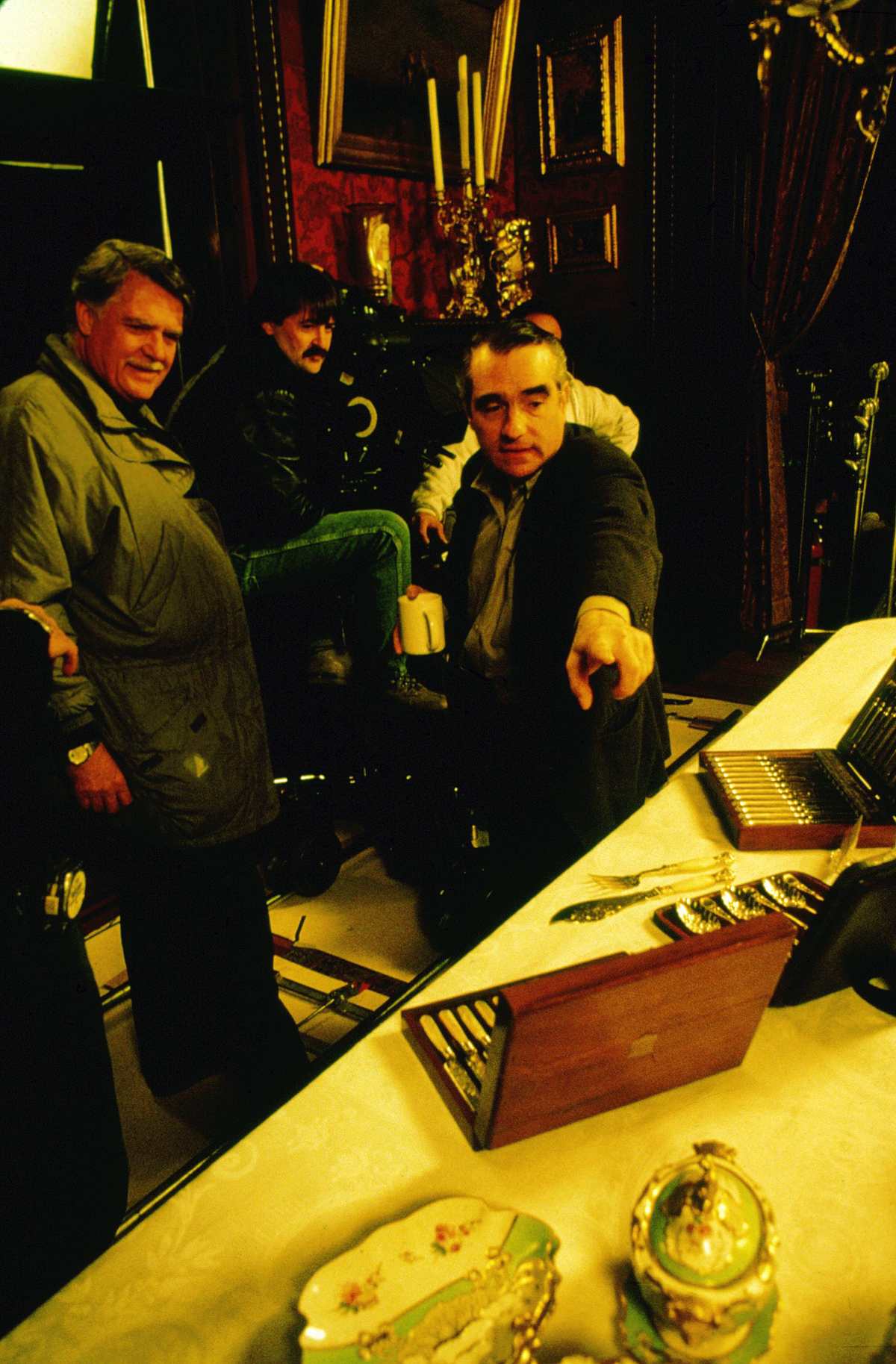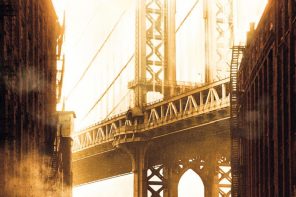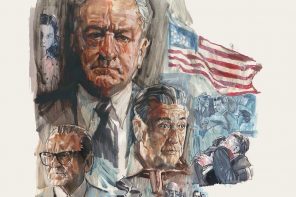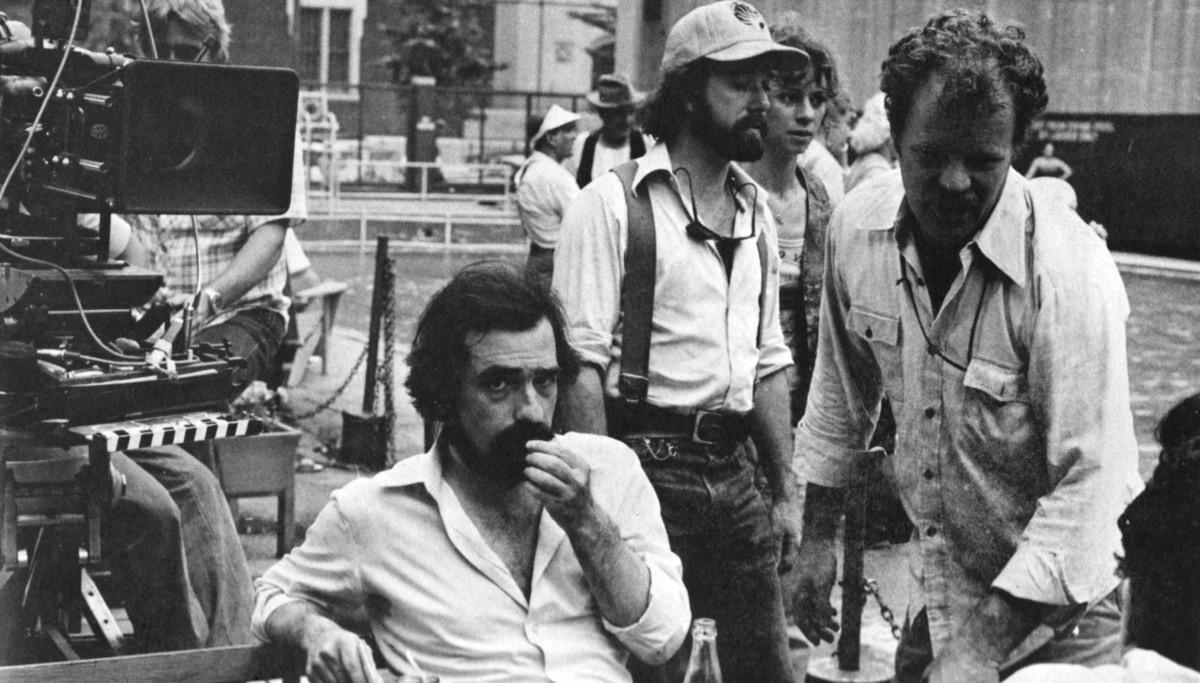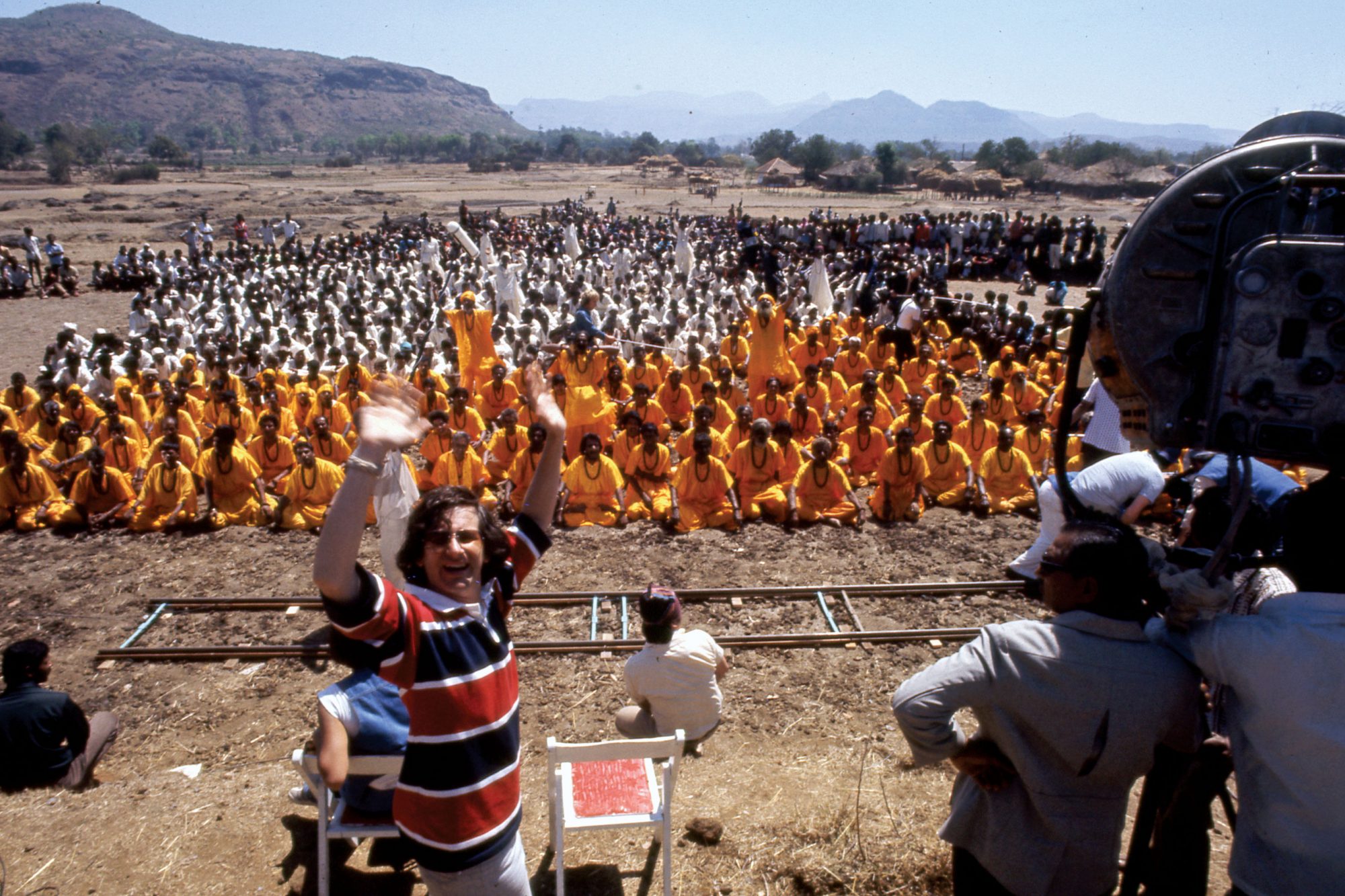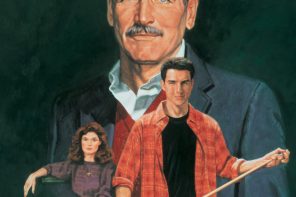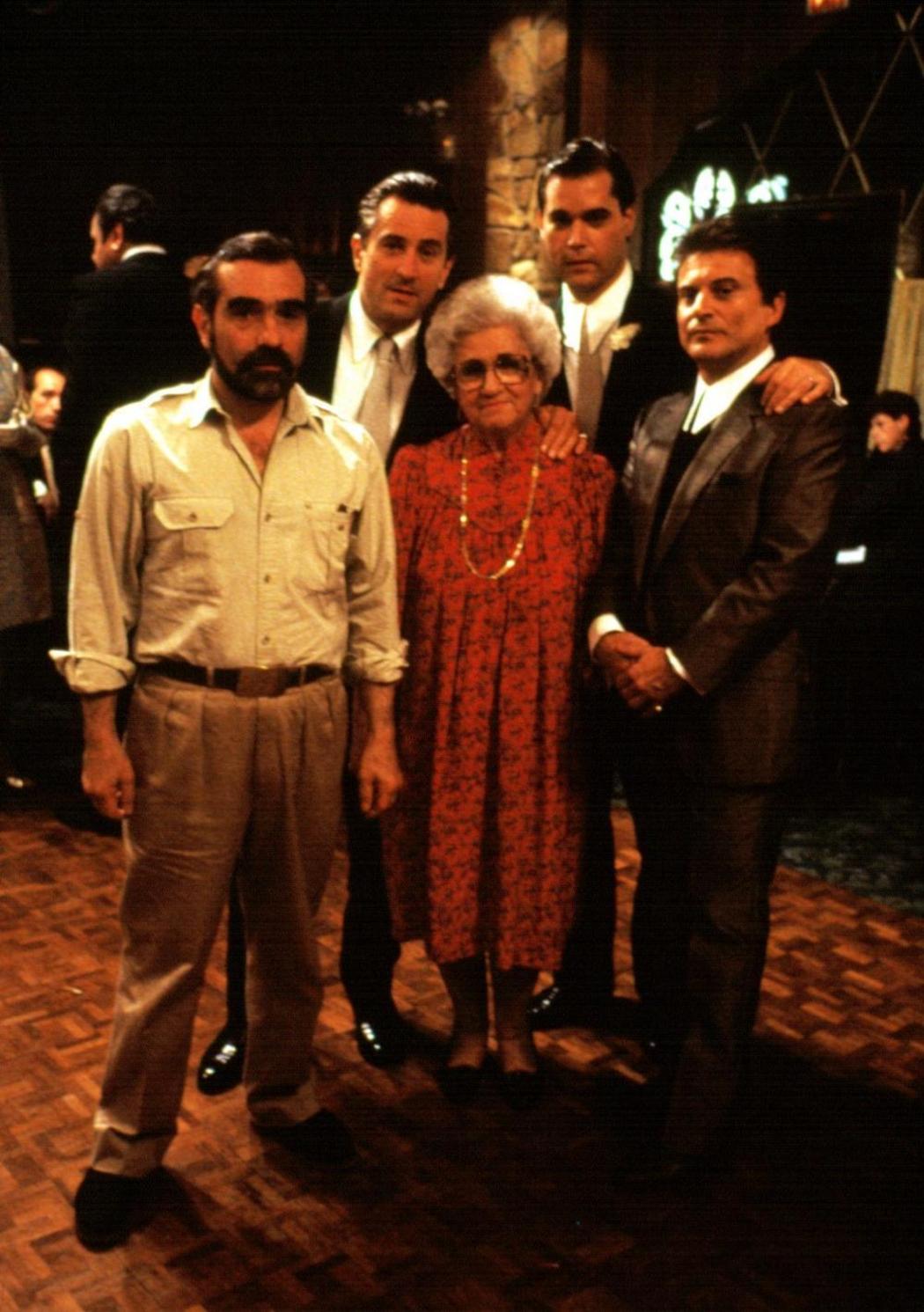Martin Scorsese’s 74th birthday seems like a perfect opportunity to float in our minds to the streets of New York, sit in a cab and revisit the reason we hope the master continues working for at least another decade. An indisputable giant and a firm member of the best films of all time gallery, his 1976 film Taxi Driver—and we say this without a trace of doubt in our minds—is quite simply a perfect filmmaking accomplishment and a neverending source of inspiration. Martin Scorsese’s greatness and importance for the development of film has been the subject of uncountable analytical essays, yet there are literally no words that can adequately describe the auteur’s utter genius, at least not to the same degree as simply sitting down and enjoying this invaluable piece of film history. Taxi Driver, carried on the shoulders of never-better Robert De Niro, marvelous Cybill Shepard and very young but mind-blowingly perfect Jodie Foster, is the turning point in our lives in terms of film appreciation and education. Thanks to a beautiful script penned by Paul Schrader, who used the feelings of alienation and estrangement from his personal experience to produce a uniquely touching story set in the post-Vietnam traumatic recovery period of American culture, Scorsese’s film succeeds in demonstrating the very best qualities of cinema. Taxi Driver is the reason we love movies. Taxi Driver is the reason movies exist.
It was a rough period in the history of New York—as a matter of fact, the famous Daily News headline “Ford to City: Drop Dead” came out while we were editing. Although I couldn’t tell the difference. Apparently, the city felt like it was falling apart, there was garbage everywhere, and for someone like Travis, who’s come from the Midwest, the New York of the mid-’70s would be hell—[that] must have prompted visions of hell in his mind. But one thing I can tell you: We didn’t have to “dress” the city to make it look hellish. —Martin Scorsese remembers shooting Taxi Driver
A monumentally important screenplay. Dear every screenwriter/filmmaker, read Paul Schrader’s screenplay for Taxi Driver [two different drafts: PDF1, PDF2]. (NOTE: For educational and research purposes only). The DVD/Blu-ray of the film is available at Amazon and other online retailers. Absolutely our highest recommendation.
 Loading...
Loading...
Paul Schrader was 26 and destitute when he wrote Taxi Driver. In an interview published in Martin Scorsese—A Journey he reflects on the origins of the script, its transition to the screen and subsequent reaction to the film. —Paul Schrader: Notes On Taxi Driver
Rare interview footage with screenwriter Paul Schrader discussing Taxi Driver.
Paul Schrader clarified the screenwriting development process in an interview with Richard Thompson from 1976 when Taxi Driver had just opened, Film Comment, 1976 [PDF].
Taxi Driver is a very special case: it’s a film that was made because the people involved all made large financial sacrifices and stuck to them for a long time. The entire above-the-line cost for Scorsese, De Niro, Michael and Julia Phillips and Tony Bill, Peter Boyle, Jodie Foster, and myself was probably around $150,000; people were doing it for next to nothing. We were all young enough to want to do something that will last. De Niro told me, when we were talking about whether the film would make any money, that he felt it was a film people would be watching fifty years from now, and that whether everybody watched it next year wasn’t important. That’s how we came to it, and that’s why we didn’t make any compromises; we figured if we’re going to compromise on money, we’re certainly not going to compromise on anything else. There’s nothing in the film that was put there at the studio’s insistence. There are things we disagree about, things I would have done differently. —Paul Schrader
Screenplay by Paul Schrader with handwritten notes by Robert De Niro, Taxi Driver.
THE MAKING OF TAXI DRIVER: LESSONS ON FILMMAKING
With a clear emphasis on style and carrying the philosophical in its dark and gritty movement of visual-audio language, Taxi Driver is an undeniable classic and timeless film, one that most certainly places director Martin Scorsese among the unforgettable filmmakers in cinema’s short history. Thus, The Making of Taxi Driver is an exceptional documentary on filmmaking. In these 70+ minutes, we are given a unique glimpse into the workings of a film from one of the most creative eras in U.S. cinema. Beginning with the origins of the project and moving into a behind the scenes overview of the actors, shooting, editing, and more, The Making of Taxi Driver offers a detailed look into Taxi Driver. The documentary reveals how Martin Scorsese’s approach to filmmaking is meticulous and yet openminded, and fortunately, interviews with Scorsese, writer Paul Schrader, director of photography Michael Chapman, editor Tom Rolf, actors Robert De Niro, Jodie Foster, Cybill Shepherd, Albert Brooks, Harvey Keitel, and other collaborators add to the rich examination of the film. Explore Martin Scorsese’s haunting Taxi Driver with this in-depth documentary! —Edwin Adrian Nieves, A-BitterSweet-Life
Legendary cinematographer Michael Chapman discusses his work on Taxi Driver.
- Small budget but big players
- The best movie of my career
- The advantage of being young, naive and egotistical
- Storyboards
- Being proud of Taxi Driver
- How we shot Taxi Driver on the streets of New York
- Relationship with Martin Scorsese, Paul Schrader and Robert De Niro
- What makes films art?
- Why thinking about a movie as you make it is death
- Did I worry about Taxi Driver?
- Taxi Driver: An all consuming shoot
- Was the shooting of Taxi Driver art or practicality?
In the last act of Martin Scorsese’s masterpiece Taxi Driver there is the ultimate visceral and violent manifestation of the protagonist Travis Bickle’s (as played by Robert De Niro) fractured psyche. He sets out to free a young prostitute by killing her pimp (Harvey Keitel) and any “johns” or door men involved. It was in 1976, one of the most violent sequences ever put onto American movie screens. After the blood bath Travis lies in a trance wounded, out of ammo and staring up to the ceiling as the NYPD enter the room guns drawn. We suddenly cut to an extreme overhead shot looking down on the carnage of what just transpired. The camera slowly tracks through the room in time to the rythmic percussion of Bernard Herrmann‘s score and slowly observe in an objective almost God-like point of view of the crime scene. —GOD’S LONELY POV
“For instance, the tracking shot over the murder scene at the end, which was shot in a real apartment building: We had to go through the ceiling to get it. It took three months to cut through the ceiling, and 20 minutes to shoot the shot.” —Martin Scorsese remembers shooting Taxi Driver
Actor Robert De Niro (as Travis Bickle) practicing with his guns in front of the mirror are the most famous shots/scenes from Martin Scorsese’s 1976 masterpiece, Taxi Driver. What most people don’t know is that the interiors of Travis’s apartment and Iris’s room/apartment hallways were actually shot in the very same building, 586 Columbus Avenue. The building was condemned and it has long since been demolished. I own a couple of original contact sheets from the film, this one features some great poses of De Niro in front of the mirror in his apartment. —Unseen photos from Taxi Driver
Previously unseen photographs from Scorsese’s masterpiece. “There’s a ‘something big is fucking happening here’ vibe to Steve Schapiro’s photos. Kind of like those of Elvis backstage at the Ed Sullivan Show or the Beatles at Shea stadium, hell even FDR and Stalin and Churchill all huddled there together at Yalta. Something you catch in the eyes of the subjects that confirms that they know that you know there’s a game changing moment happening.” Steve Schapiro was the special photographer on the set of Taxi Driver, capturing the film’s most intense and violent moments from behind the scenes. This book—more than a film still book but a pure photo book on its own—features hundreds of unseen images selected from Schapiro’s archives, painting a chilling portrait of a deranged gunman in the angry climate of the post-Vietnam era. —TASCHEN
Quentin Tarantino recounts a Hollywood rumor that Scorsese once contemplated murdering a studio executive who wanted to edit his film, and talks about how Scorsese’s classic influenced him.
Paul Schrader tells a startled Martin Scorsese that Brian De Palma ‘owns a piece’ of Taxi Driver.
International trailer launches to celebrate 40th anniversary of Martin Scorsese classic.
Martin Scorsese behind the camera on the set of Taxi Driver. A great collection of photos by still photographers Josh Weiner & Paul Kimatian. Special photography by Steve Shapiro © Columbia Pictures, Bill/Phillips, Italo/Judeo Productions.
Get Cinephilia & Beyond in your inbox by signing in


